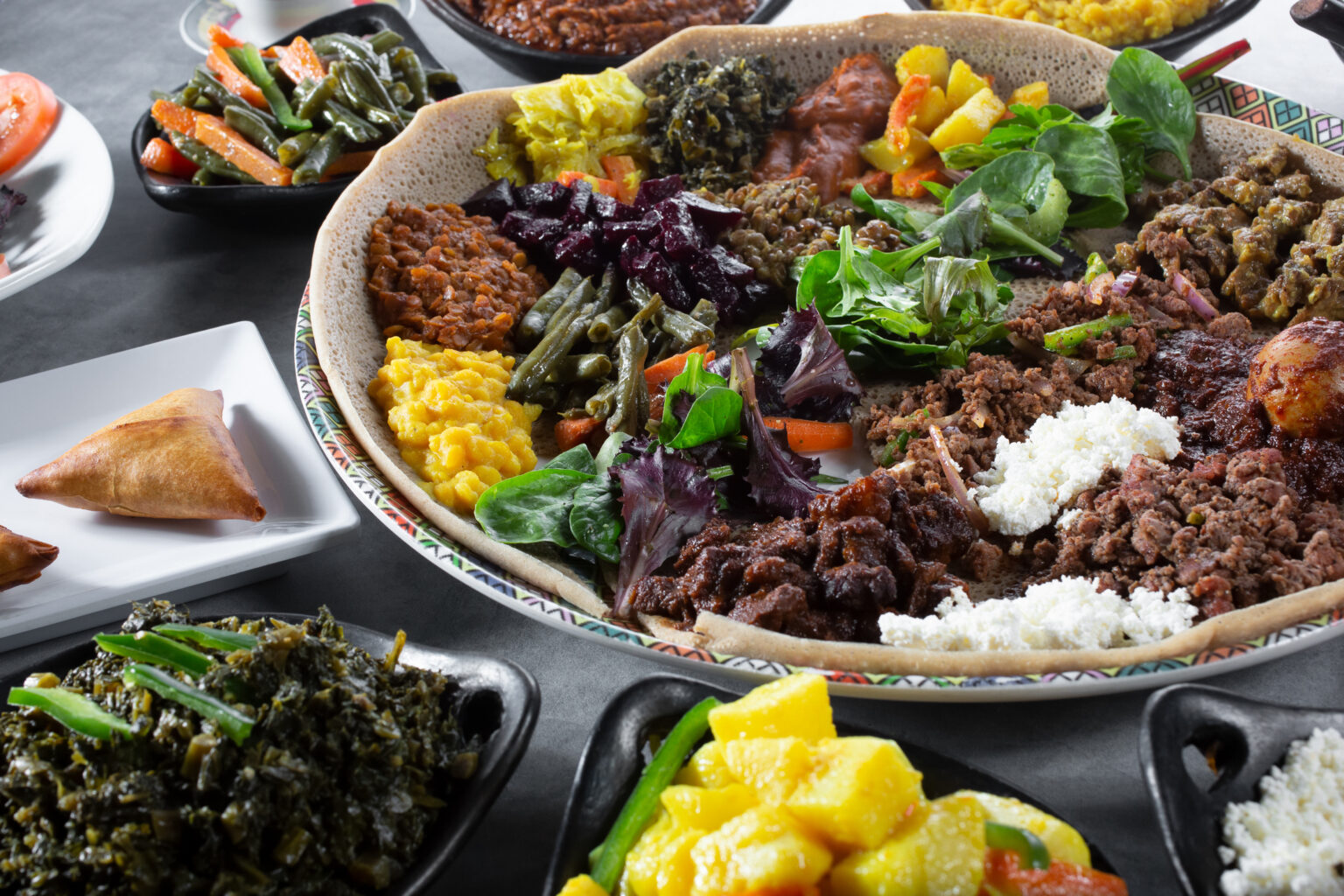Ethiopia is home to some of the deepest flavors in the world, with a communal culinary heritage that’s hard to put into words. Here are some of the very best Ethiopian dishes you just have to try.
Doro Wat
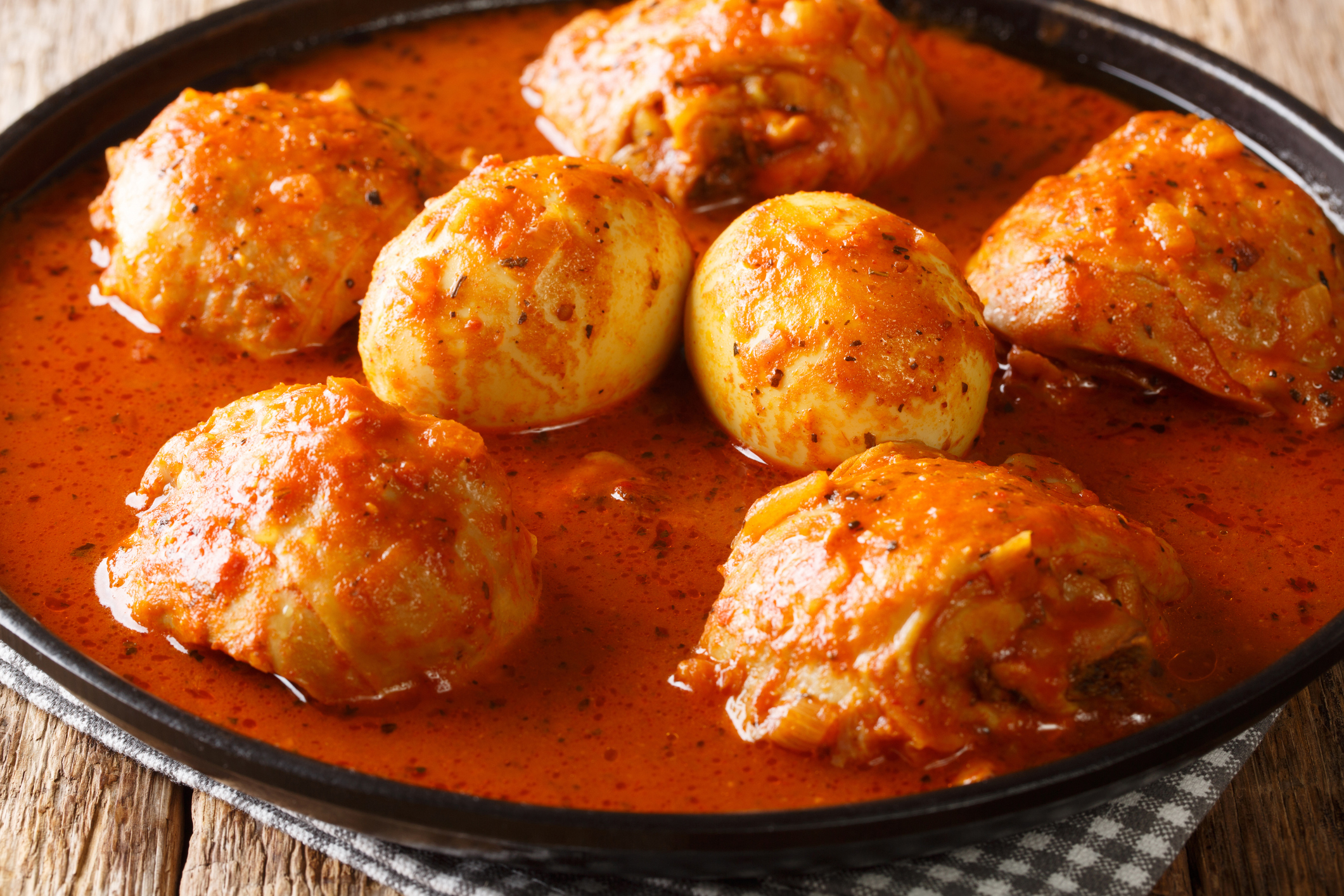
Let’s start with Doro Wat, a popular Ethiopian dish known for its deep, rich flavors. It’s basically a chicken stew with a complex and satisfying spiciness.
That spicy flavor is due to the stew’s seasoning with berbere spice. That’s an Ethiopian blend that includes chili peppers, garlic, ginger, and several other spices.
The spice blend also contributes to the thick, red sauce. This iconic dish is typically served with injera, a spongy, sour flatbread, and sometimes hard-boiled eggs.
Injera
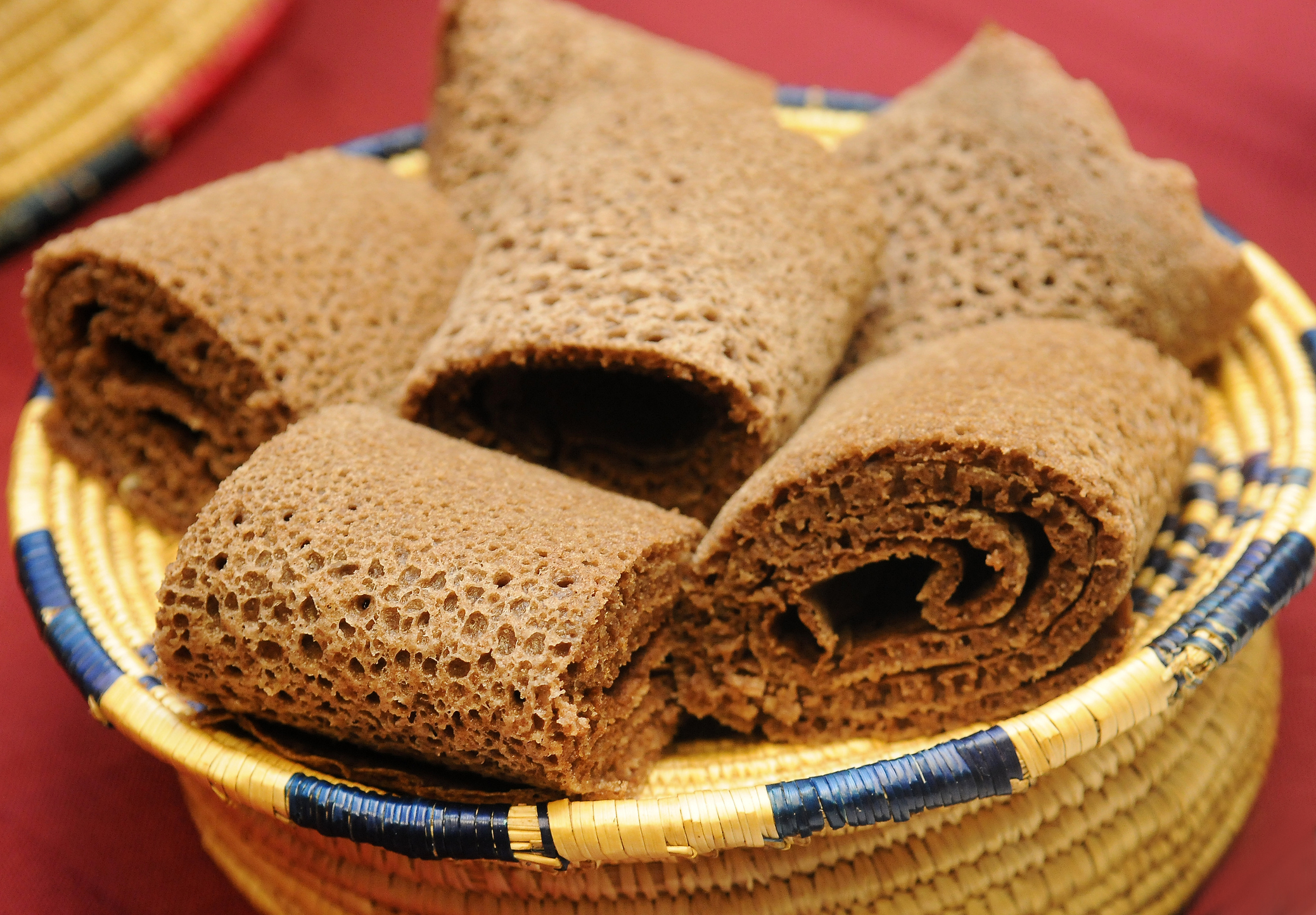
We mentioned that injera is often served alongside Doro Wat, so what is this traditional bread really like? It’s an important staple in both Ethiopia and Eritrea.
Injera unique for several reasons: its spongy texture, slightly sour flavor, and large, pancake-like appearance. It’s made primarily from teff flour, which comes from an ancient grain.
The process of making this flatbread involves mixing teff flour with water and fermenting it for several days. This fermentation makes it fluffy. Better yet, it’s gluten-free!
Berbere
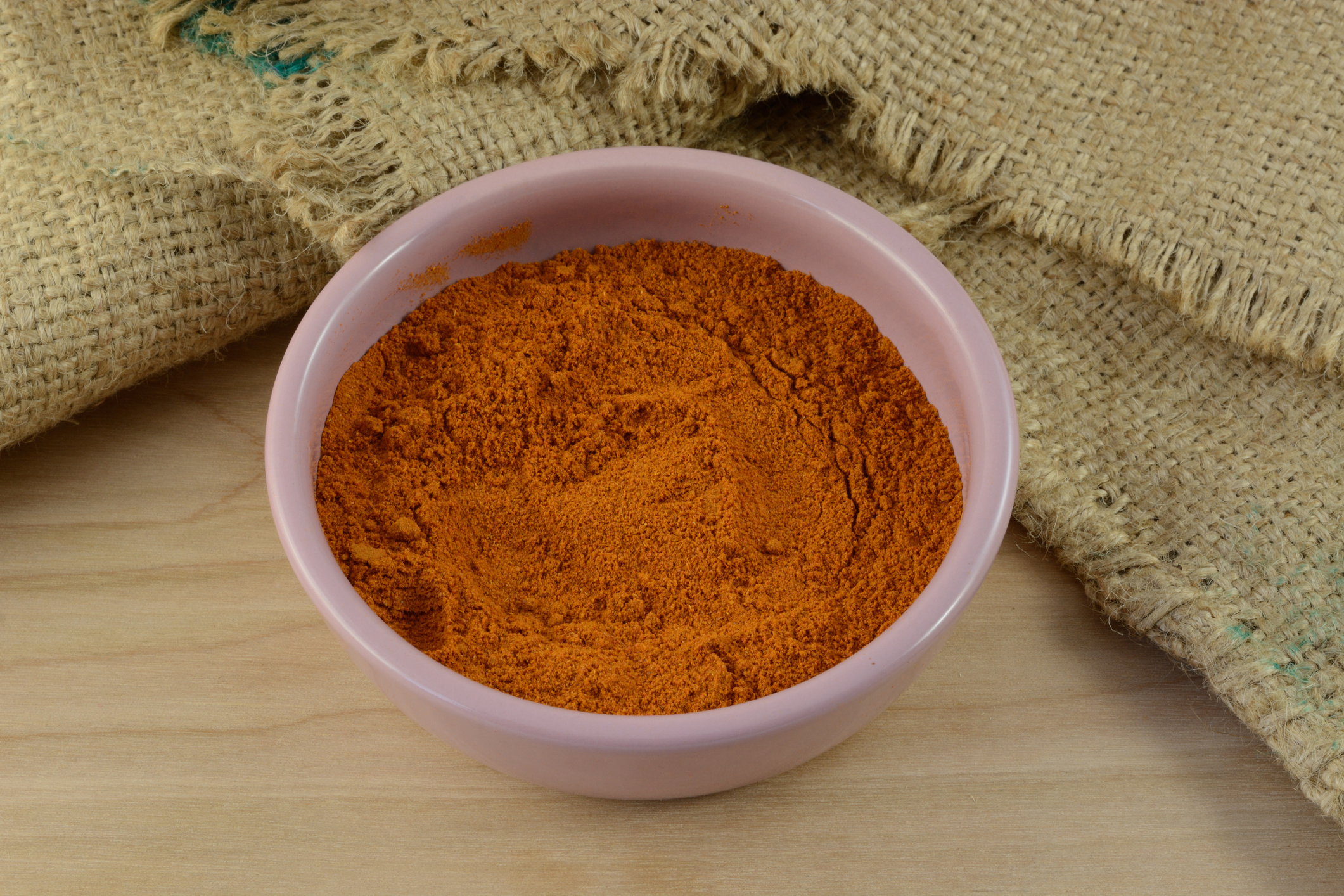
Berbere is a cornerstone spice blend in Ethiopian cuisine, known for its vibrant red hue and complex flavor profile that can vary from region to region.
It can even be very different from household to household. But at its core, berbere combines a mixture of chili peppers with an array of aromatic spices.
This makes for a spice blend that is at once spicy, warm, and deeply flavorful. Berbere is used in dishes like stews (wots), lentil dishes, and meat preparations.
Kitfo
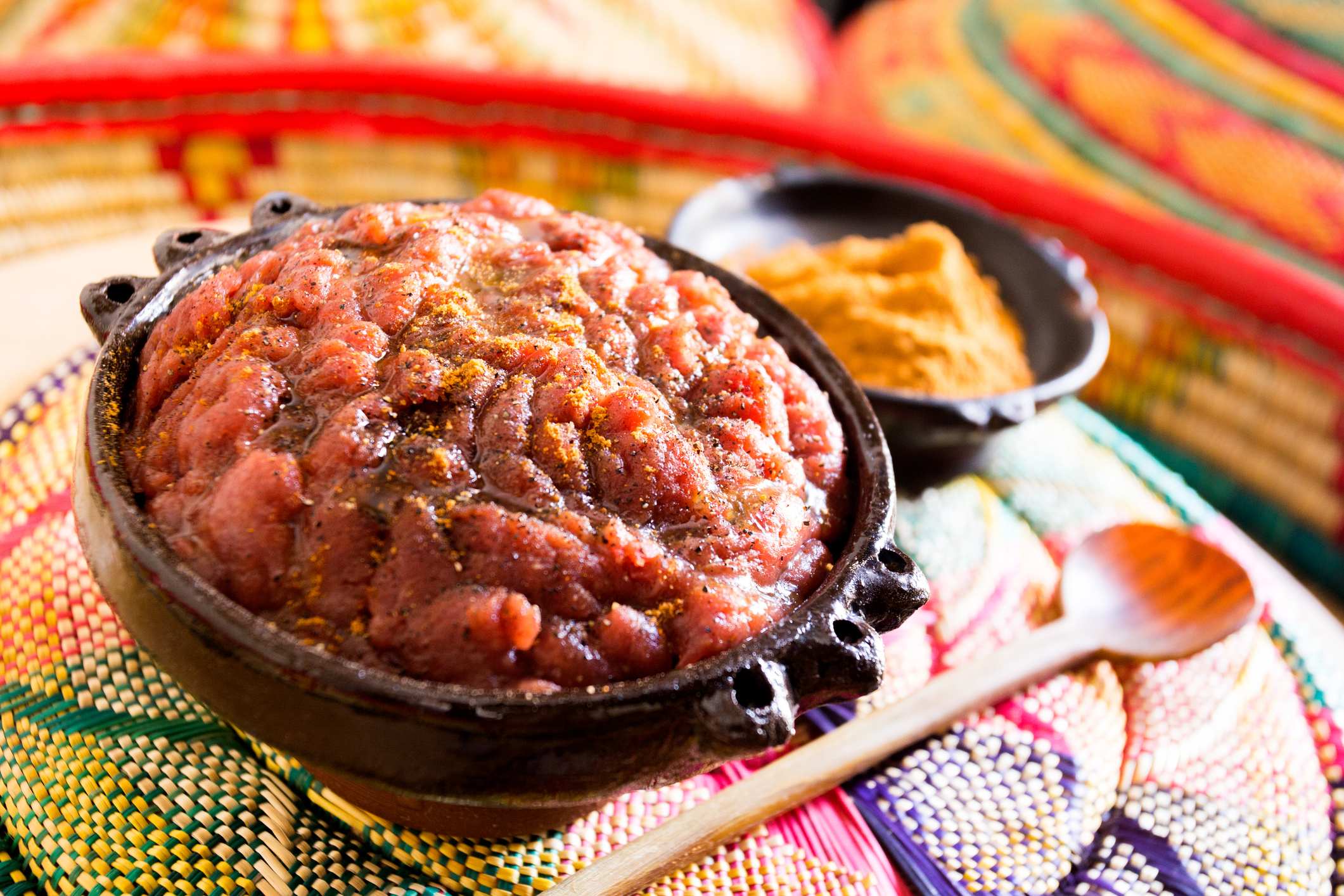
Another dish that’s often served with Ethiopia’s star flatbread, Injera, is Kitfo. This is a dish beloved for its rich flavors as well as its unique preparation.
What’s in it? It’s made of raw, minced beef seasoned with a spicy chili powder blend called mitmita, plus clarified butter infused with herbs and spices.
Kitfo is traditionally eaten raw, which might be surprising for many Westerners. However, eating raw meat dishes like Kitfo is a celebrated part of Ethiopian cuisine.
Kitfo Leb Leb

If you don’t want to try raw beef (honestly, we can’t blame you there), you can still enjoy Ethiopian Kitfo. Kitfo leb leb is the cooked version.
Typically, the beef in Kitfo leb leb is only slightly warmed or cooked. Still, it’s a good middle ground between traditional Kitfo and a fully cooked meat dish.
All of the seasonings are the same, but because it’s cooked, it does offer a different texture and flavor experience compared to its raw counterpart.
Tibs
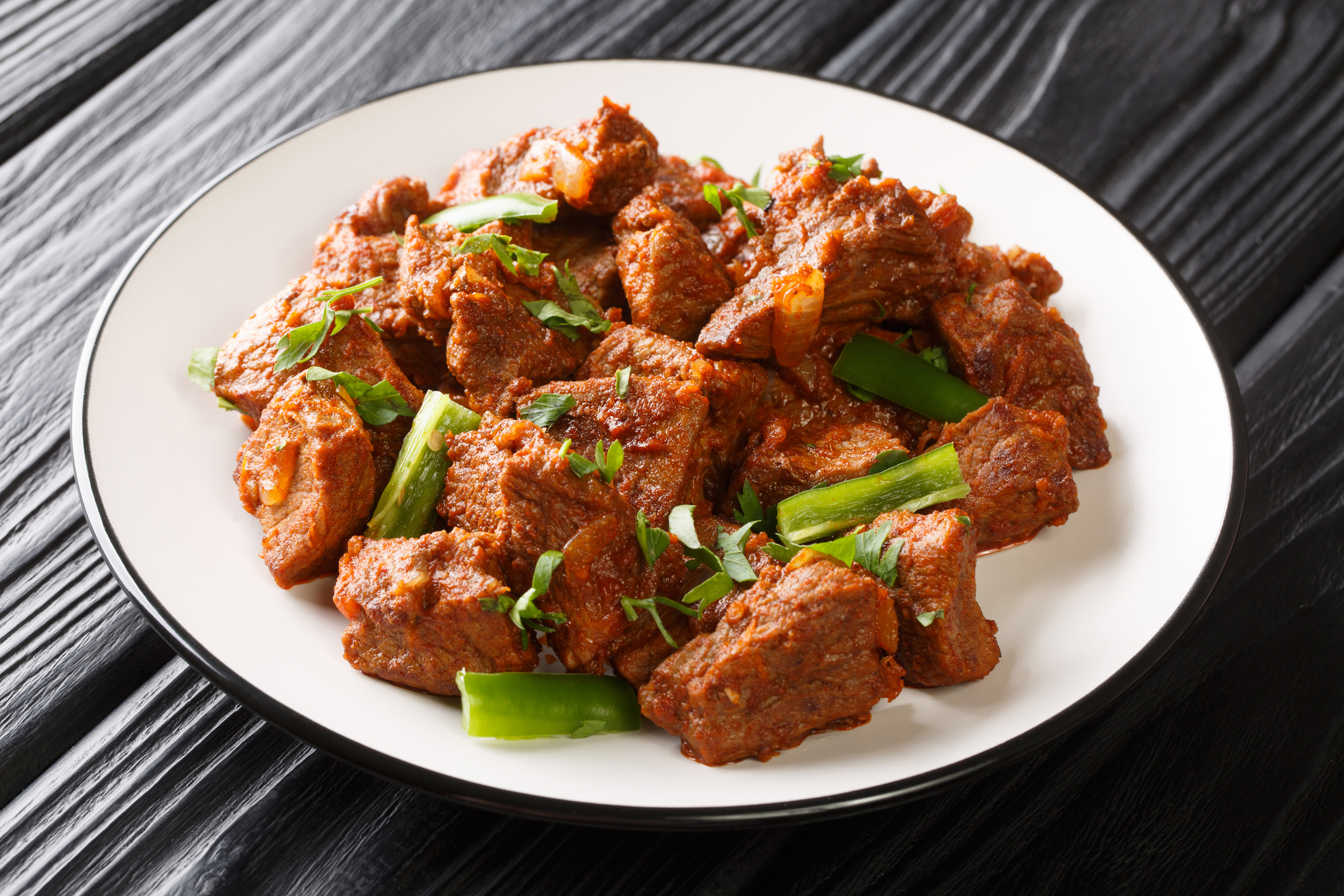
Tibs is another popular Ethiopian meat dish, this time served hot. It consists of pan-fried meat—usually beef, lamb, or goat. You can also use fish or chicken.
The meat is cut into small pieces and sautéed with a variety of seasonings and vegetables. These can include onions, garlic, and sometimes tomatoes and peppers.
The specific spices used can vary, but typically you’d use berbere (a spice blend described above), rosemary, turmeric, and salt. It’s simple, flavorful, and versatile.
Shiro Wat

Also sometimes written Shiro Wot, this dish is an Ethiopian and Eritrean stew that is both flavorful and nutritious. It’s made from ground chickpea or broad bean flour.
The flour is blended with a rich blend of spices, including the ever-popular berbere blend, plus clarified butter and herbs. It results in a creamy, hearty stew.
Traditionally, you’ll use injera flatbread to scoop up the Shiro Wat stew. It’s the type of interactive and communal dining experience Ethiopia is known for.
Beyainatu
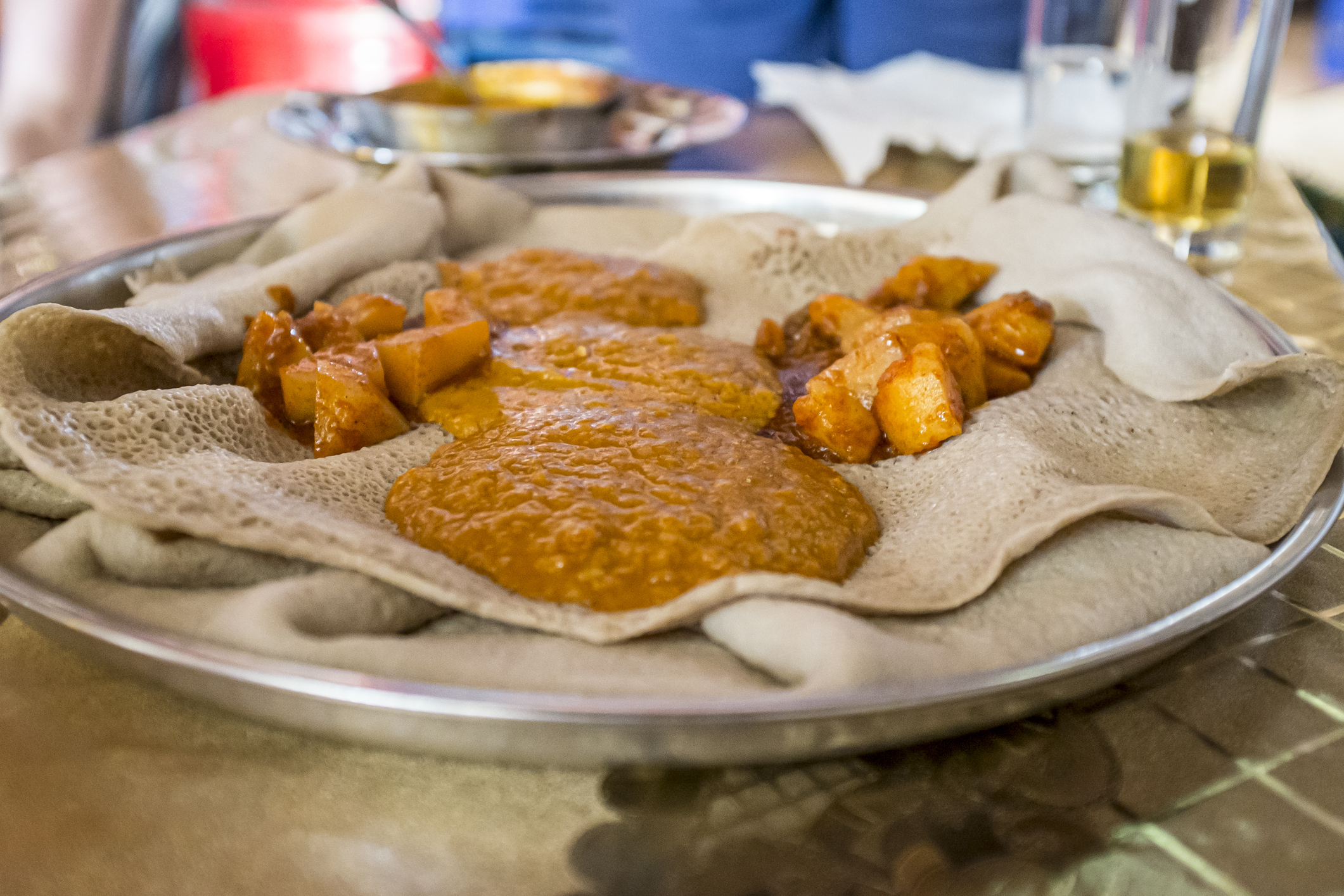
You can’t talk about the best Ethiopian dishes and leave out Beyainatu. It’s a colorful assortment of vegetarian dishes served together on a single platter.
The name Beyainatu translates to “a bit of every kind” in Amharic, reflecting the variety of dishes included in the meal. It’s a staple in Ethiopian cuisine.
This platter of foods is especially appreciated during fasting days, such as Wednesdays and Fridays, and holidays when the Ethiopian Orthodox Church follows a vegan diet.
Misir Wat
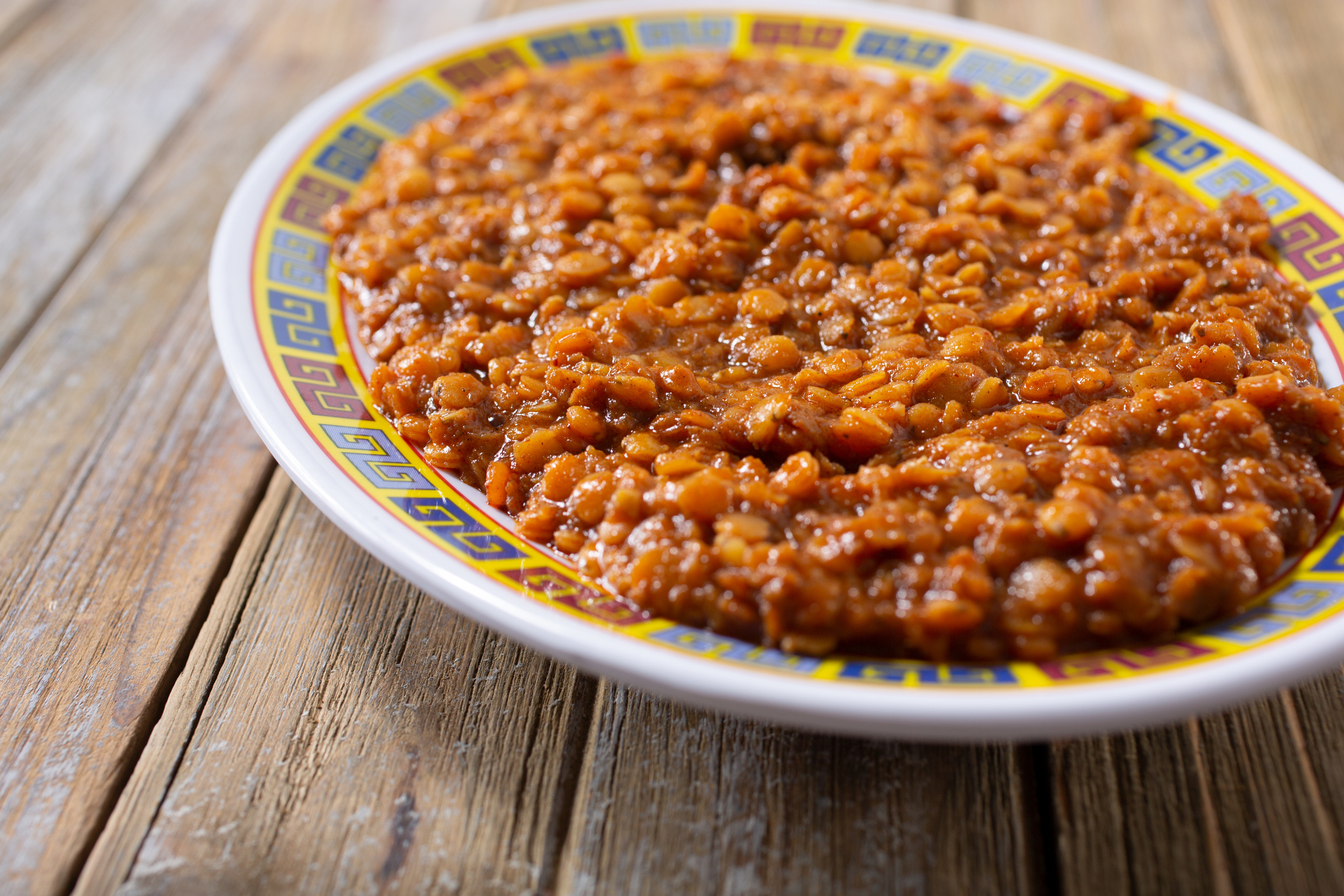
Misir Wat (or Misir Wot) is another popular Ethiopian stew known for its rich, spicy flavor. It’s made from red lentils, which are cooked down until they’re soft.
The lentils beautifully absorb the flavors of the various spices and aromatics used in the dish. This includes, of course, berbere and oil or clarified butter.
The lentils are simmered with onions, garlic, and berbere spices, sometimes along with tomatoes. It results in a thick, hearty, deeply flavorful, and a bit spicy stew.
Kik Alicha
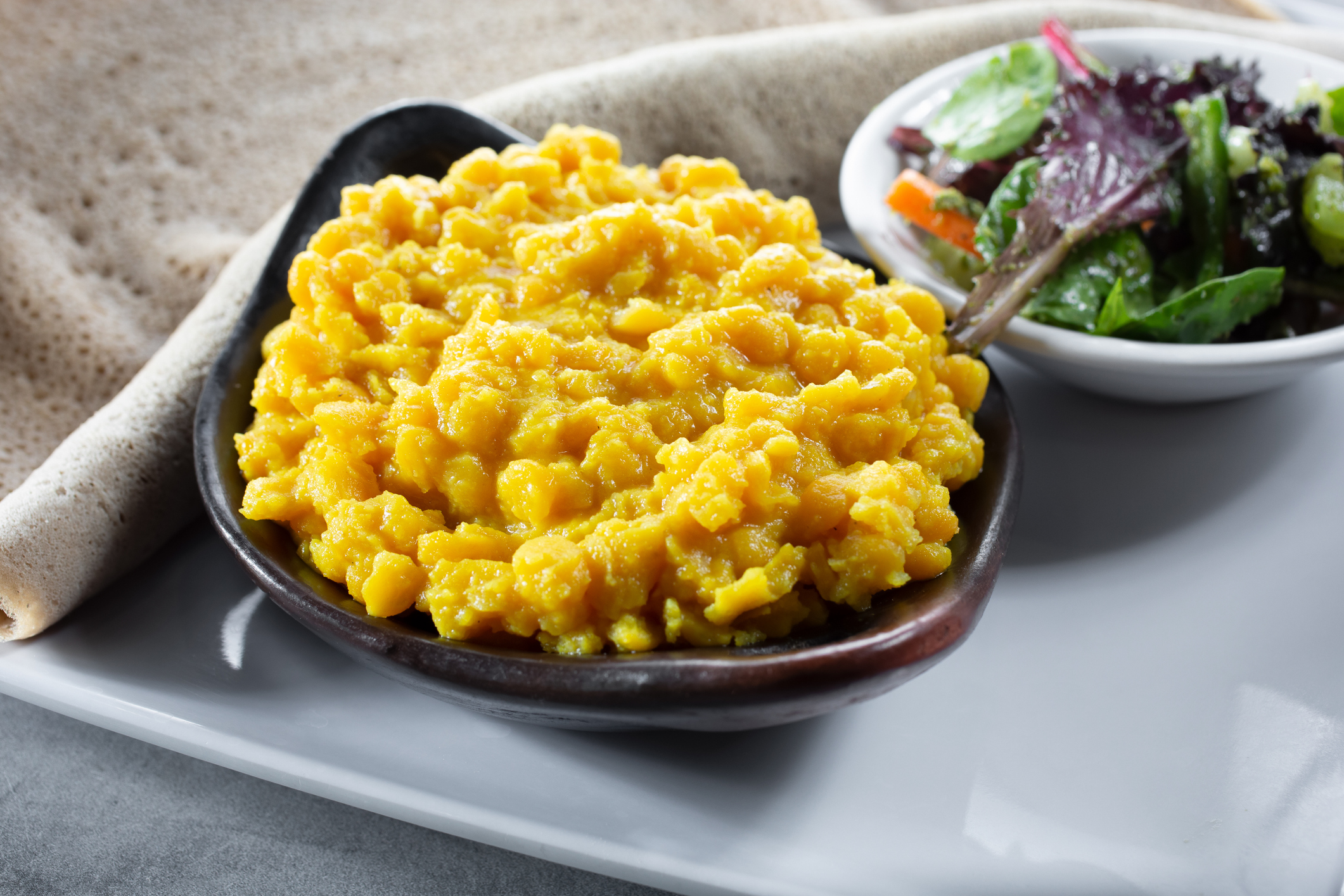
Kik Alicha (also spelled as Kik Wot or Kik Alitcha) is a comforting Ethiopian stew made from yellow split peas. It’s characterized by its mild, turmeric-infused flavor.
This distinguishes Kik Alicha from the fierier dishes in Ethiopian cuisine that make liberal use of berbere spices. This dish has a gentle, earthy taste.
How does it get its signature yellow color? The secret is turmeric, which is also what’s behind the dish’s milder but still complex and satisfying flavor.
Gomen
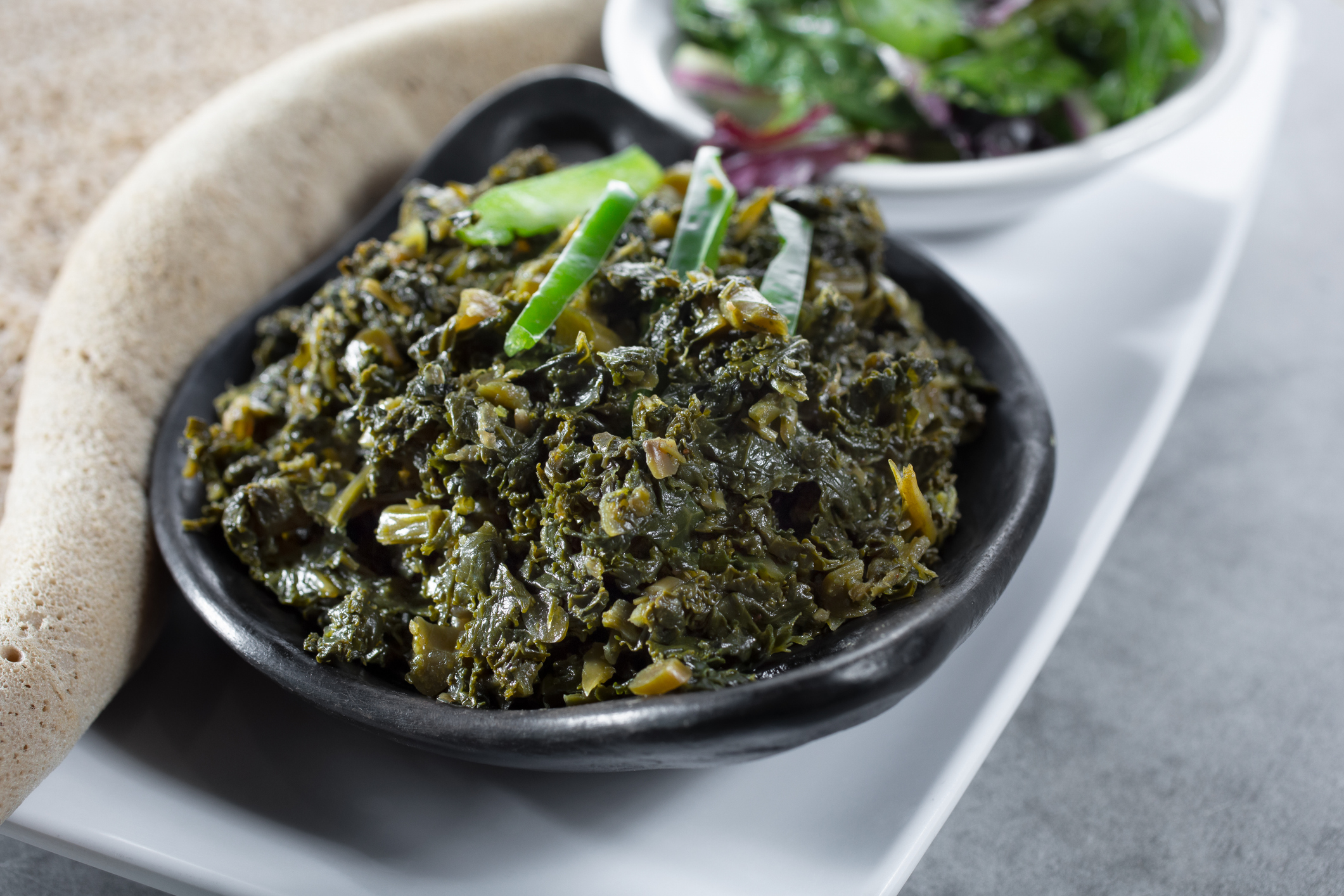
Gomen is a traditional Ethiopian dish made from collard greens. These nutritious greens are sautéed and simmered until tender, showcasing the beauty and versatility of simple ingredients.
Gomen is often flavored with a mixture of aromatic ingredients such as onions, garlic, ginger, and sometimes spices like fenugreek. This helps balance the bitterness of the greens.
Gomen can be enjoyed on its own or served alongside other dishes, such as lentil stews, salads, and injera. It’s a must-try for vegetarians everywhere.
Firfir
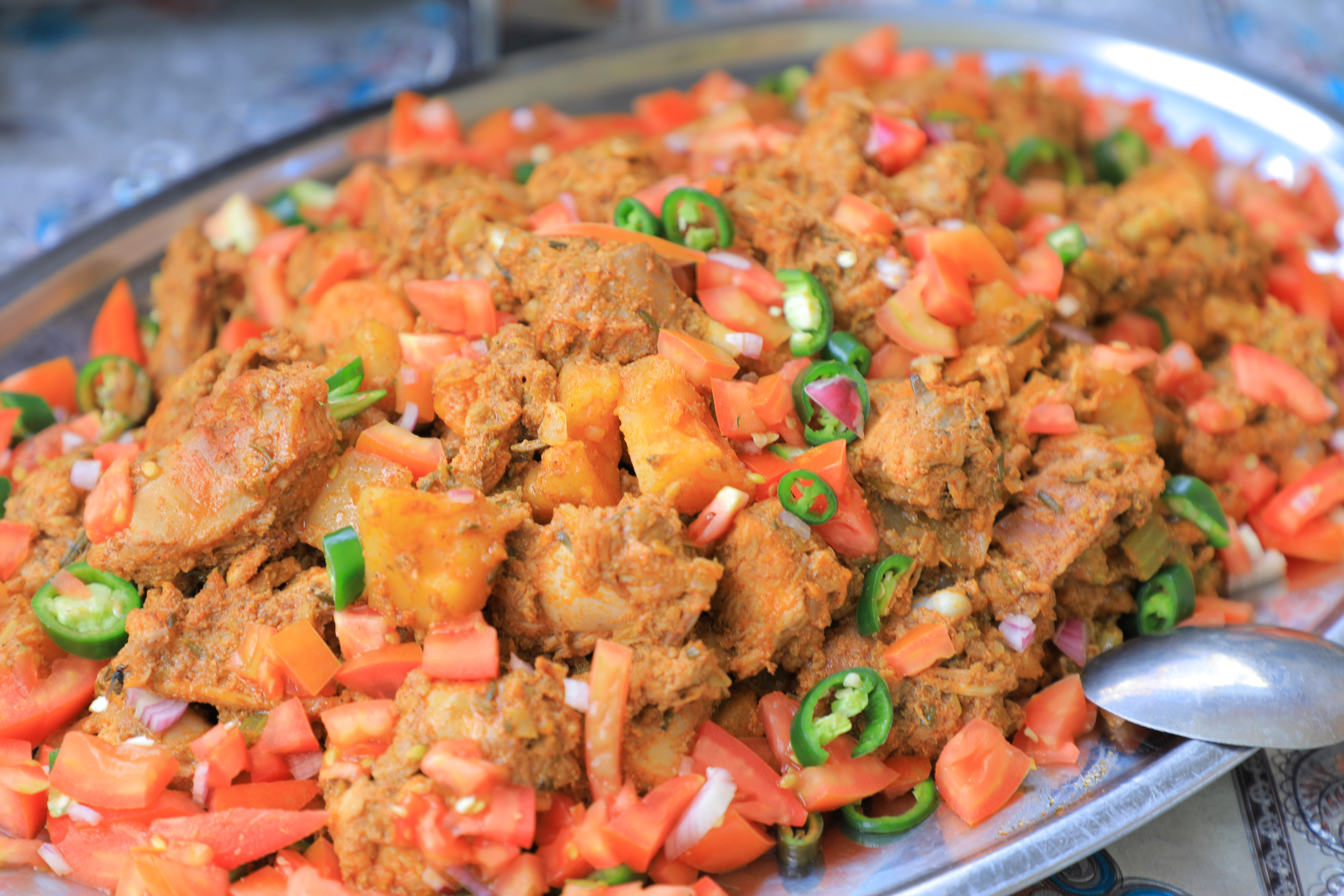
Firfir, also known as Fit-fit, offers a flavorful and unique breakfast experience. But really, it can be enjoyed at any time of the day.
It’s made by tearing up pieces of injera and mixing them with spicy sauce or stew. The stew is often leftover wat from the night before.
Some versions of Firfir incorporate additional ingredients like yogurt or fresh tomato on top. It’s a wonderful way to put every leftover bite to good use!
Tej
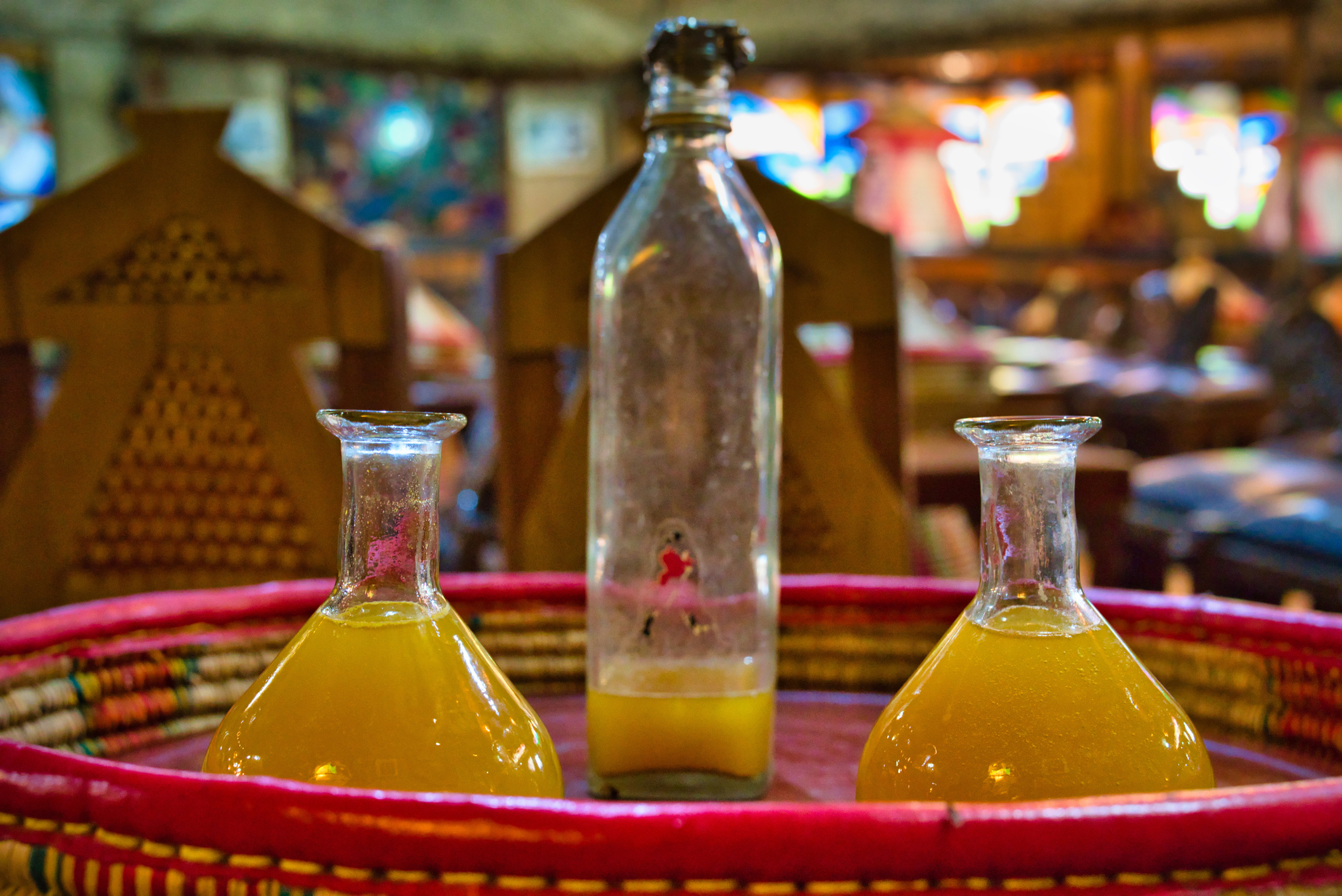
What can you drink with one of these best Ethiopian dishes if you want an authentic experience? One option is Tej, a traditional Ethiopian alcoholic beverage.
Tej is a fermented drink made of honey, water, and a type of leaves called gesho. The gesho creates the Tej’s signature flavor and also aids fermentation.
As a fermented beverage, Tej is much like beer, with gesho instead of hops. It has a characteristic sweet flavor and varying degrees of alcohol content.
Yebeg Alicha
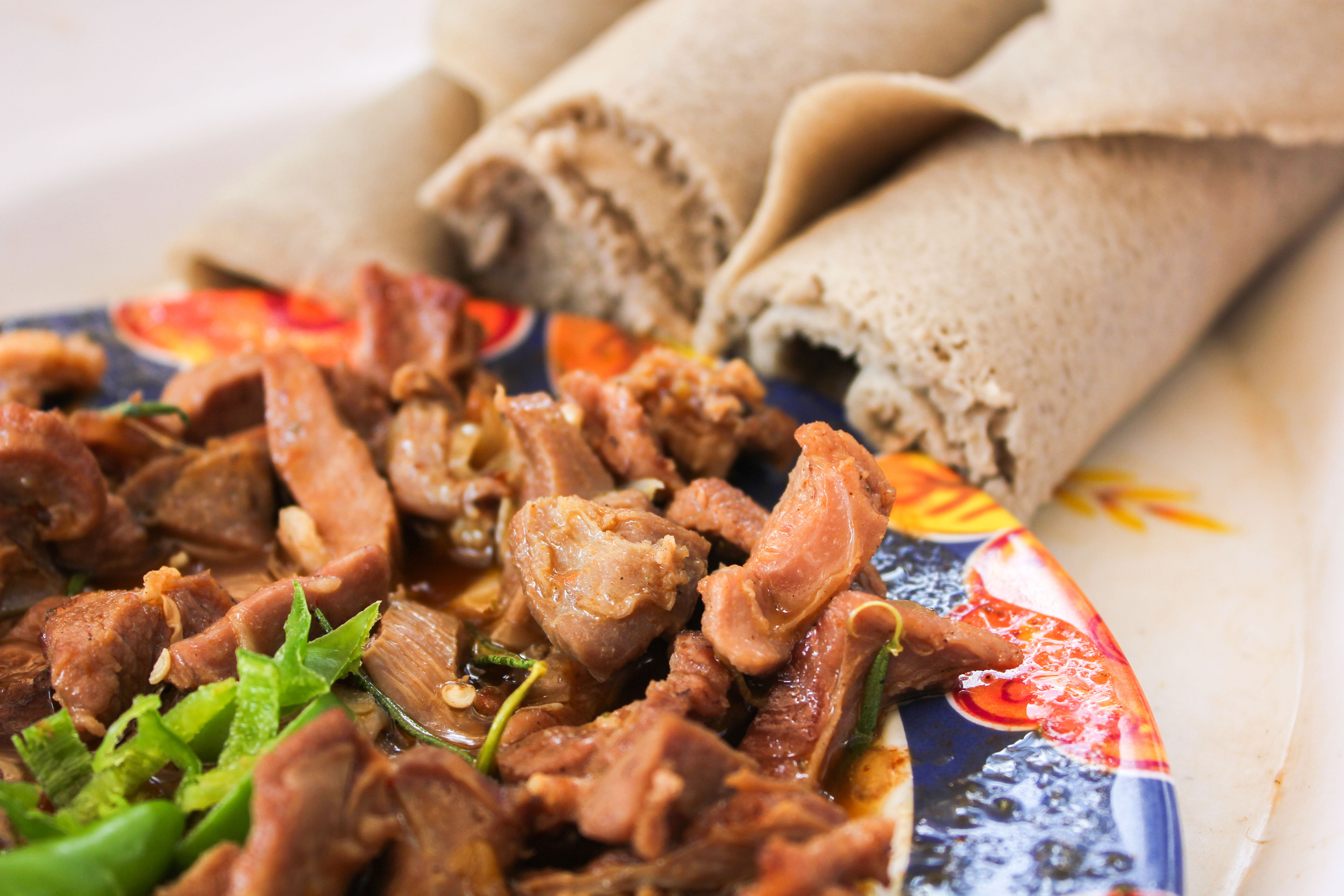
If you’re a fan of lamb, you might want to try Ethiopian Yebeg Alicha. This is a classic Ethiopian dish made with tender, slow-cooked lamb.
This dish is unlike many Ethiopian dishes, which are known for their heat and use of berbere spice. Yebeg Alicha is characterized by its subtlety.
It has a delicate blend of flavors that come from garlic, ginger, turmeric, and sometimes a bit of fenugreek. And of course, it’s typically served with injera.
Asa Tibs
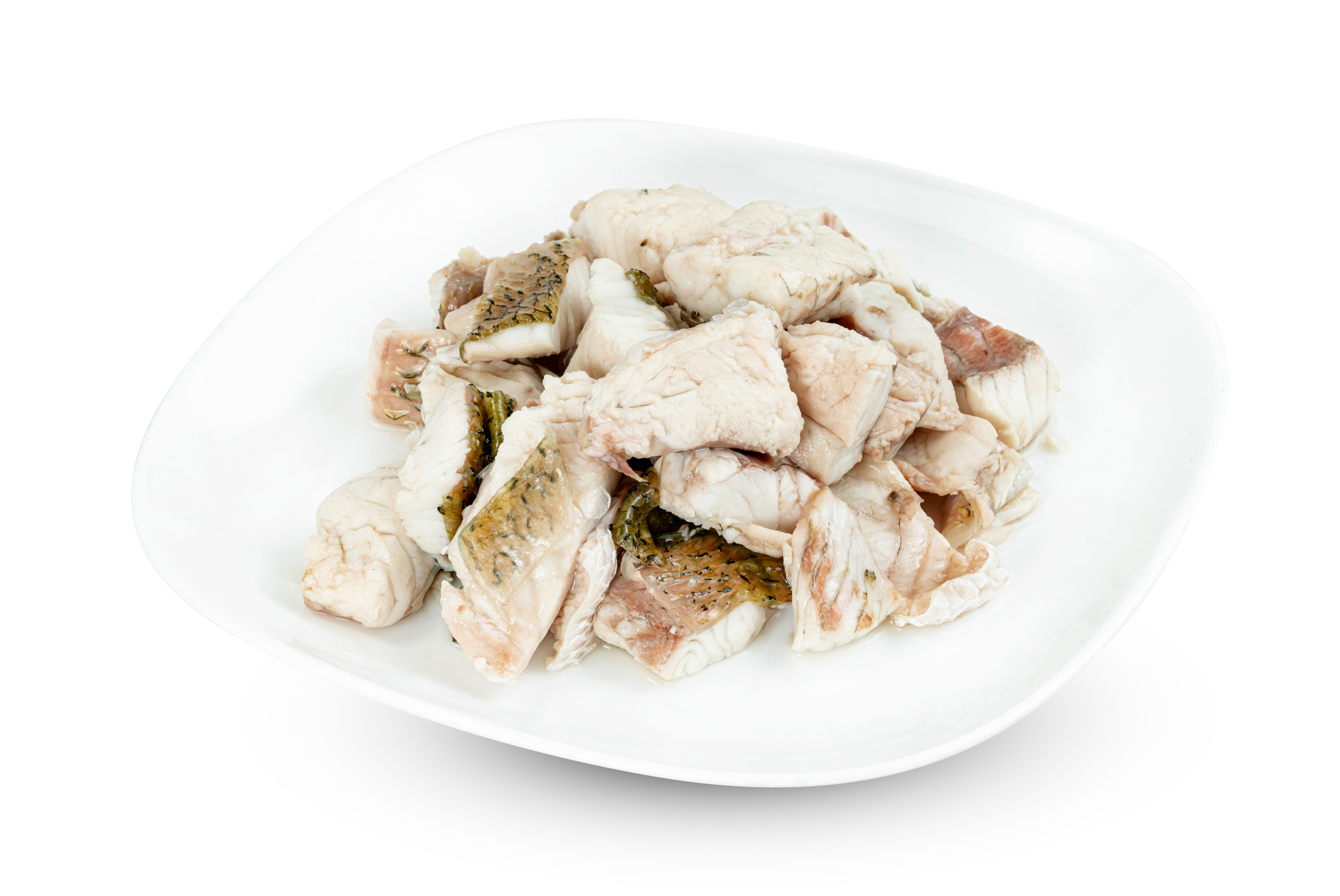
Remember Tibs? You can also make the traditional Ethiopian meat dish with fish, in which case it’s called Asa Tibs. Asa means “fish” in Amharic.
The fish used for Asa Tibs can vary depending on availability, but they often include varieties like tilapia or Nile perch. It’s cut into bite-sized pieces.
Asa Tibs is usually prepared by marinating the fish in a blend of spices, including garlic, ginger, and turmeric. You can use mitmita or berbere for spice.
Genfo
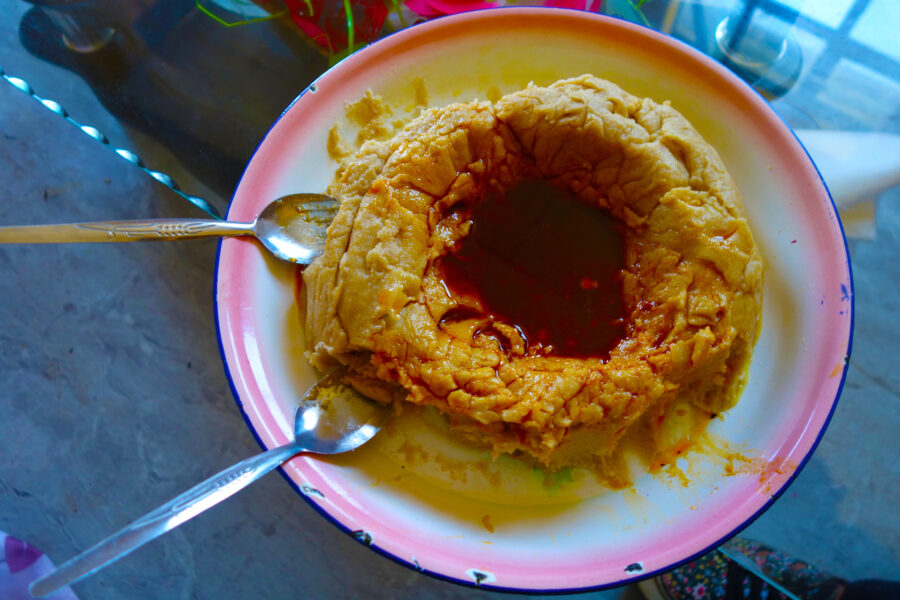
Genfo is another traditional Ethiopian and Eritrean dish that’s both simple and nourishing. This one is in the form of a porridge made of cornmeal.
You can also make Genfo using barley or wheat, but cornmeal is more common. The cornmeal is cooked with water until it thickens and served with spicy sauce.
This hearty dish is essential as a filling meal for people who need an extra boost of sustenance. It’s a popular breakfast for farmers and other workers.
Tere Siga
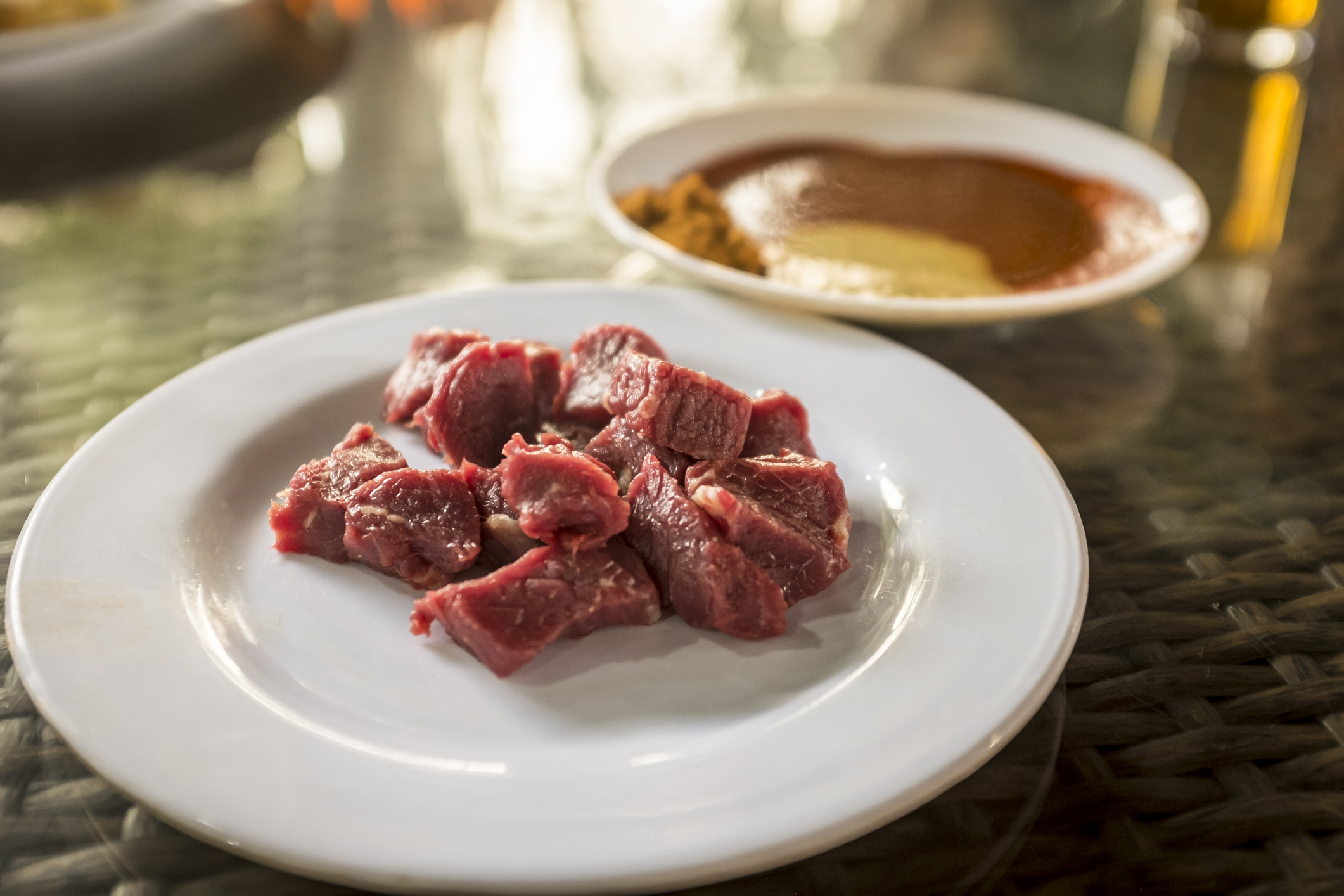
Can’t get enough of Ethiopian raw meat dishes? After you try kitfo, it’s time to have a taste of Tere Siga. Its name actually translates to “raw meat.”
This is one of the rare Ethiopian dishes that is actually eaten with utensils. So if the idea of finger foods isn’t for you, maybe this is.
Cutting the meat is actually an important part of the meal when eating Tere Siga. It’s a communal experience for everyone, from friends to family, to enjoy.
Selata
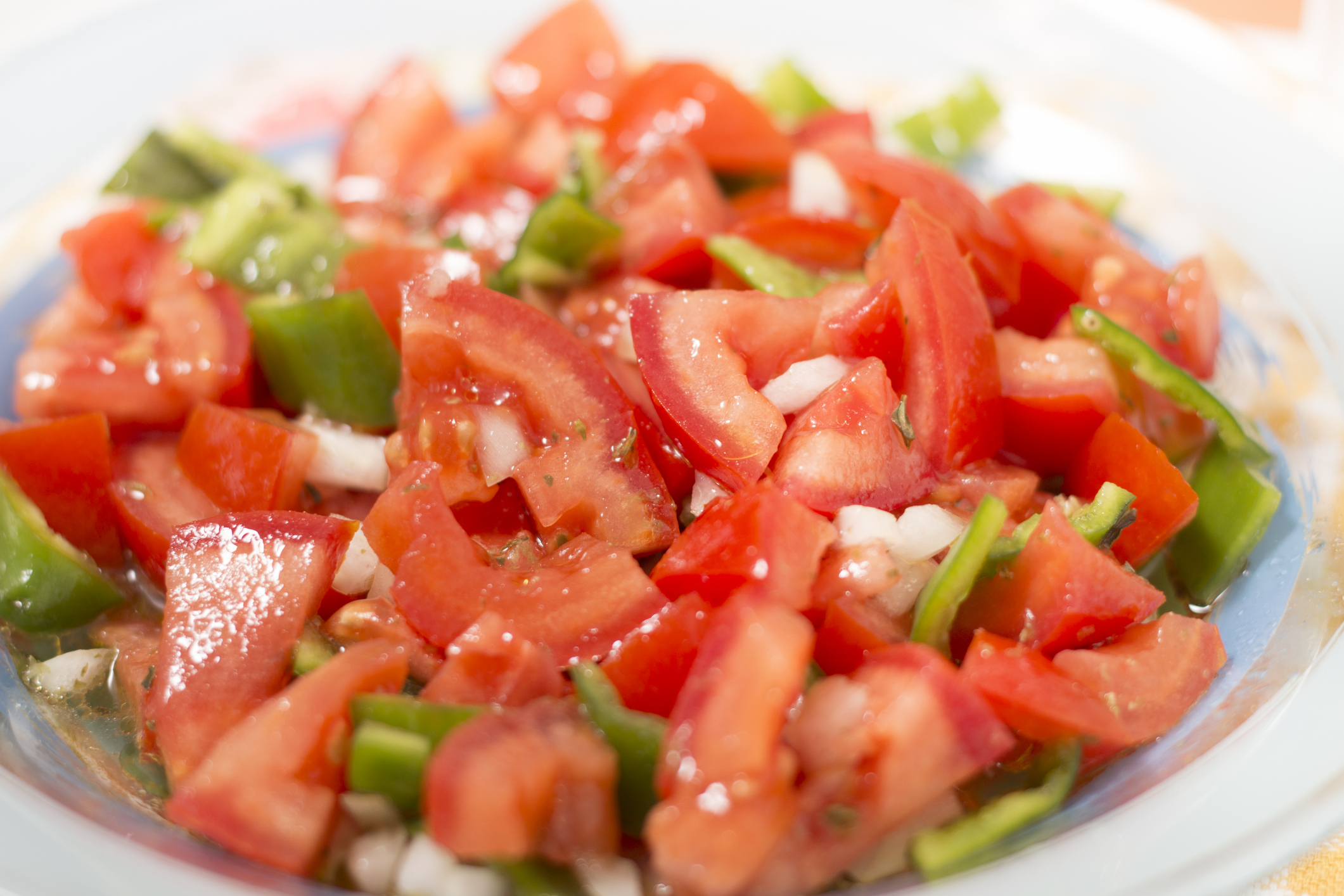
You might notice that the word “selata” sounds a lot like “salad.” And you would be right to assume these two dishes are related.
Selata is a cold dish made up of various fresh vegetables. Timatim selata, or tomato salad, is one popular version of this refreshing veggie dish.
You can also make selata with romaine lettuce, red onions, garlic, and jalapeños. A popular dressing for this salad includes lemon juice, salt, and pepper.
Azifa
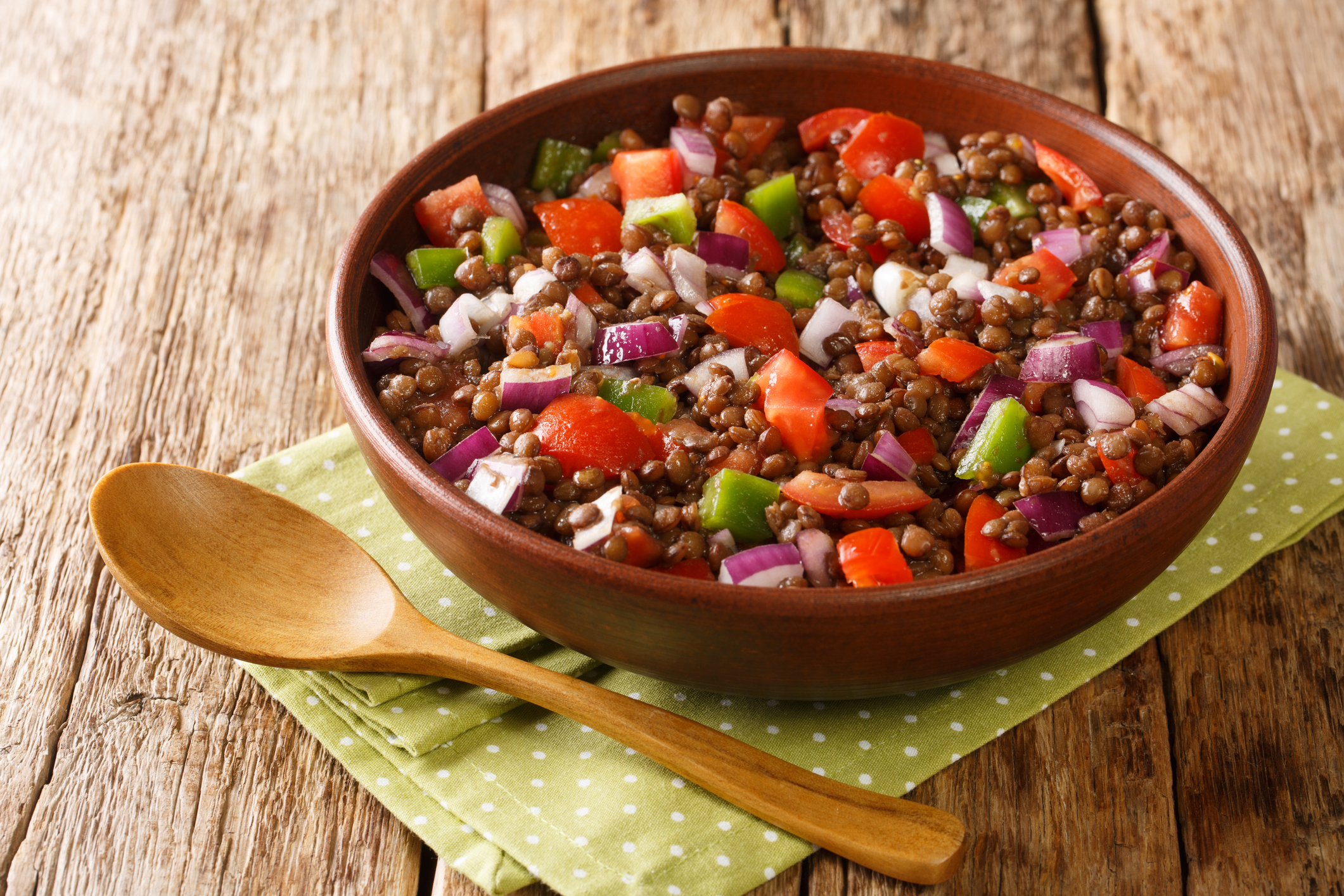
Azifa is a refreshing Ethiopian cold lentil salad, known for its simplicity and vibrant flavors. It’s made from green lentils that are cooked and then cooled.
These are mixed with finely chopped onions, green chili peppers, and a dressing typically made from lime or lemon juice, olive oil, and sometimes mustard.
Fresh herbs like parsley or coriander may also be added, along with spices such as salt and black pepper to taste. This dish is perfect for meat-free protein.
Dulet
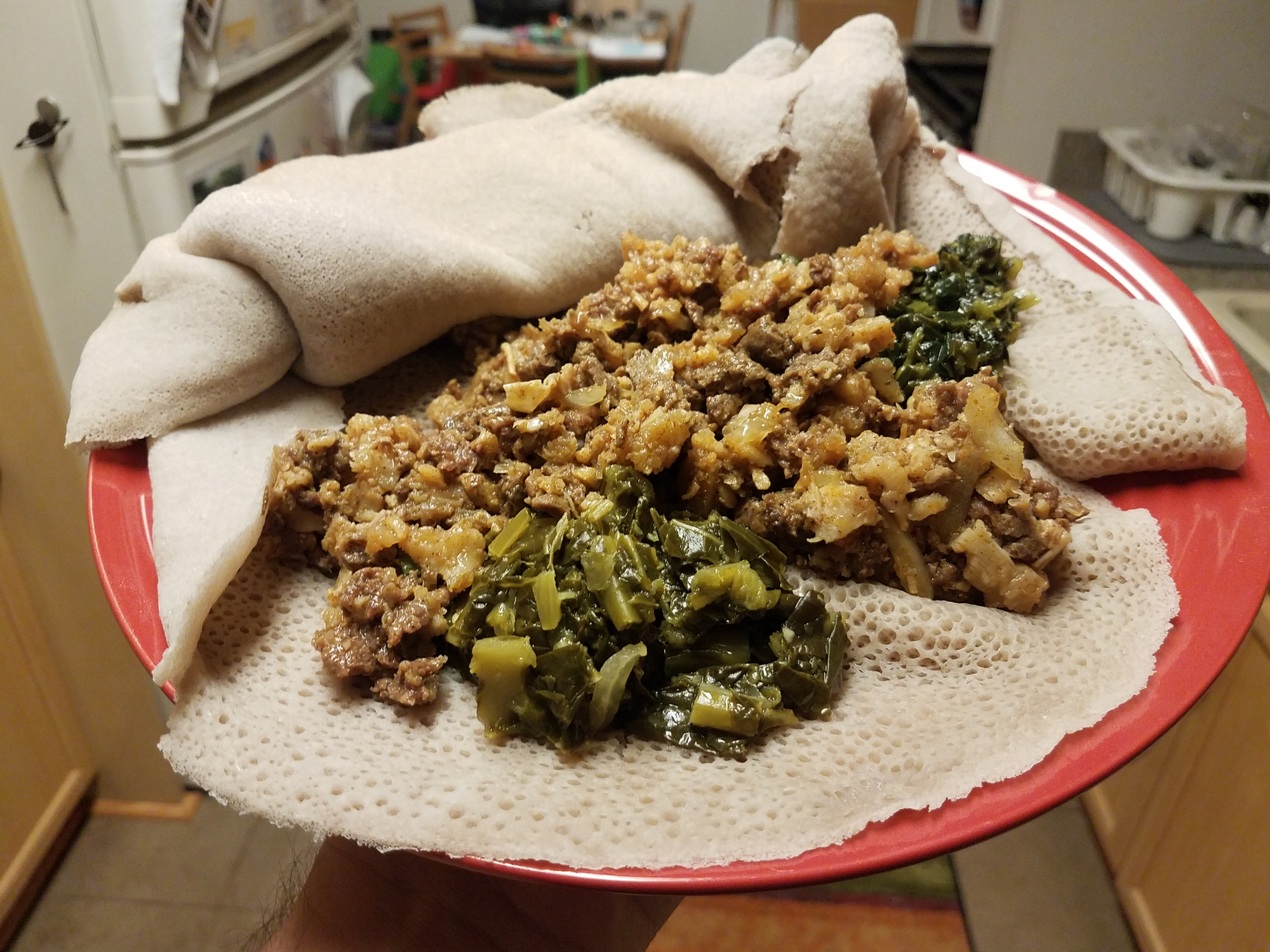
Dulet offers a unique taste experience, combining finely chopped lamb meat, liver, and sometimes tripe. These are sautéed together with clarified butter and a hot spice blend.
The dish is known for its rich flavors and slightly spicy kick. It’s great for diners who enjoy offal and the depth of taste it brings to meals.
Dulet is usually served as part of a larger meal or feast, especially during special occasions. Don’t forget to include injera for scooping!
Ful Medames
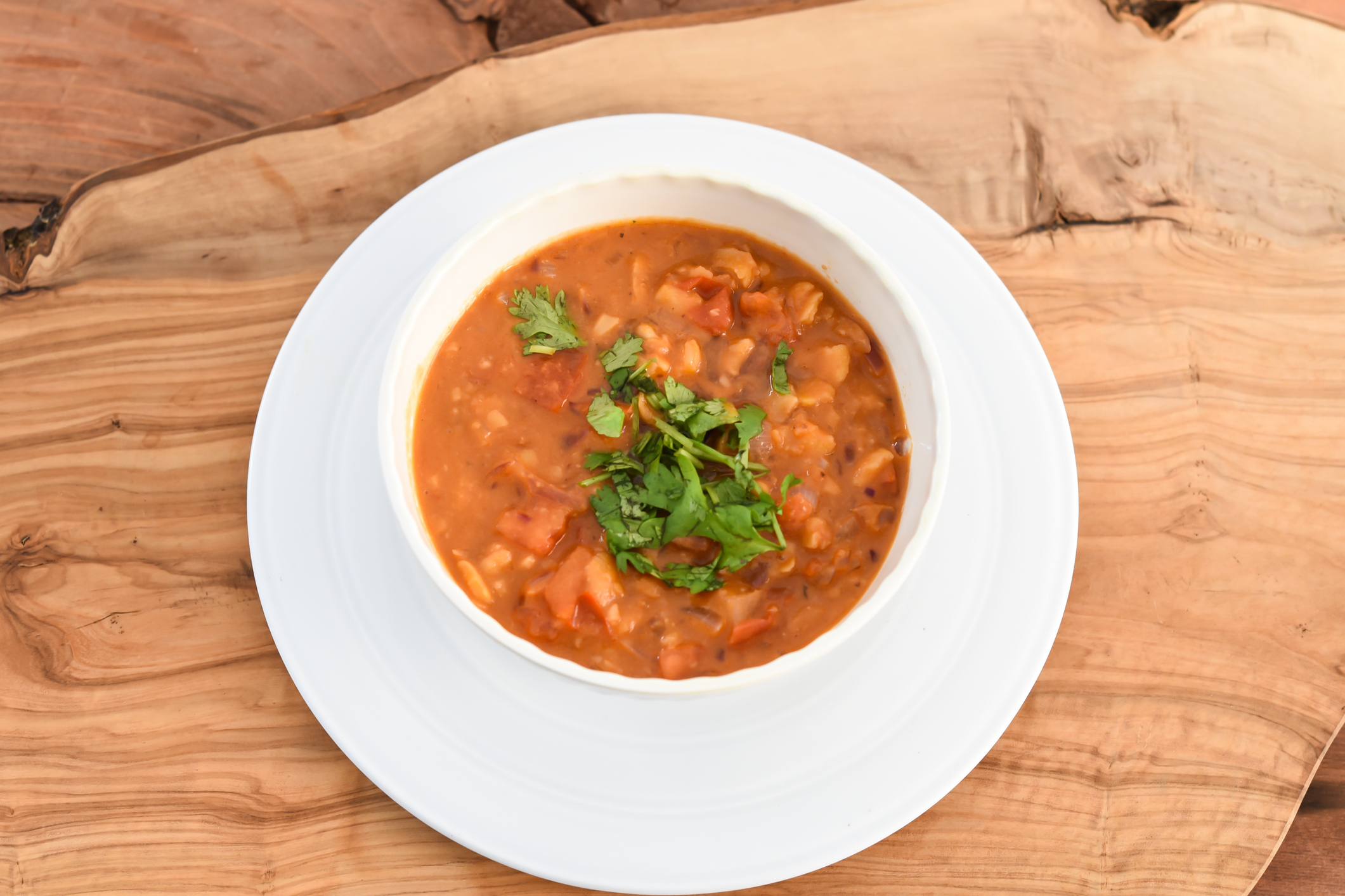
Sometimes known simply as “Ful,” Ful Medames is a staple dish in many parts of the Middle East and North Africa. Particularly in Egypt, Sudan, and Ethiopia.
This dish is made of fava beans, which are simmered in water with garlic and onions. After cooking, you mash the beans slightly to create a hearty paste.
This base is then mixed with olive oil, lemon juice, and various seasonings. In some regions, it’s also common to add chopped tomatoes, eggs, or tahini.
Sambusa
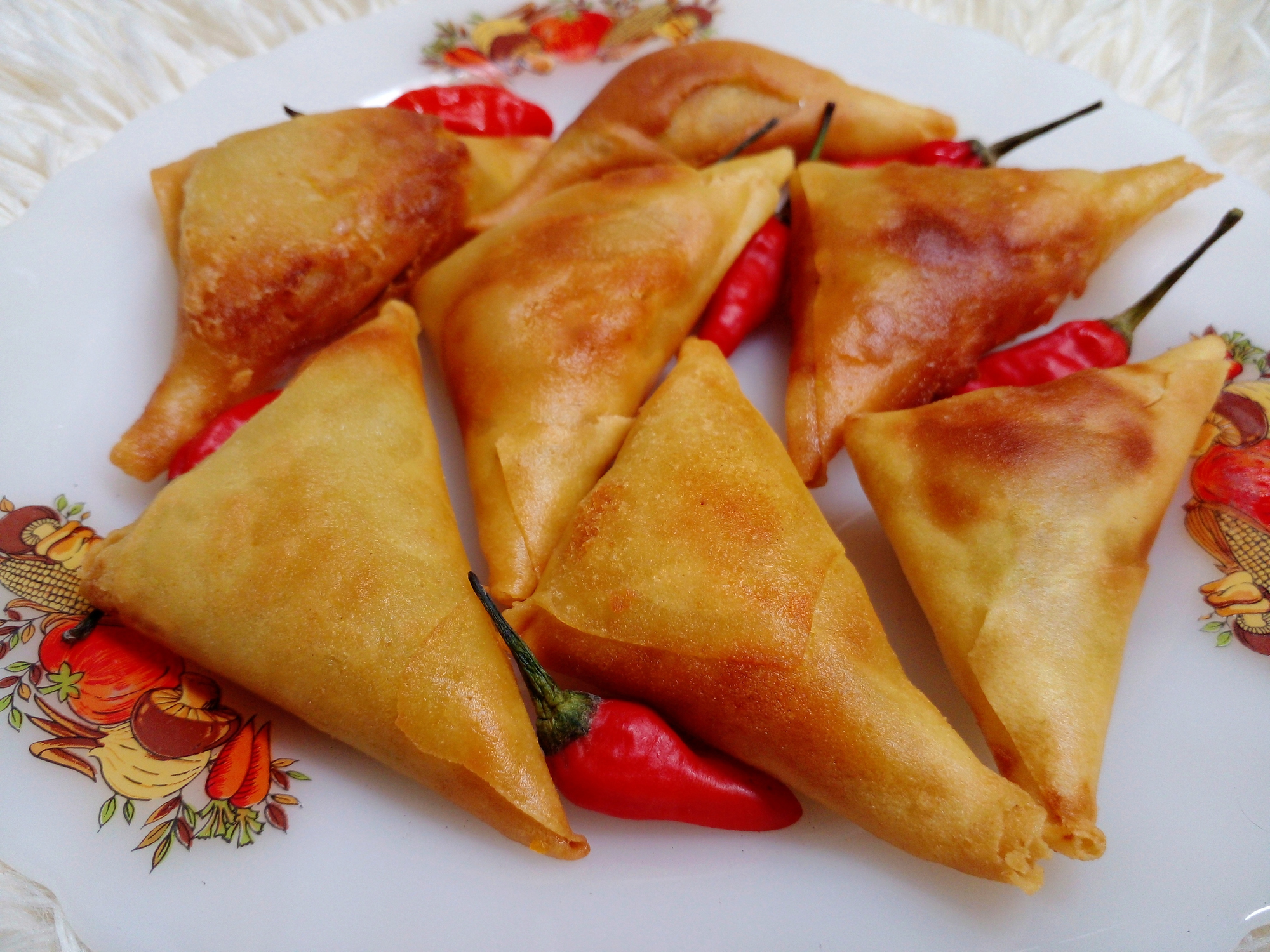
Sambusa resembles the samosa found elsewhere in the world, both in appearance and preparation. They’re a popular Ethiopian and Eritrean snack or appetizer and a cherished crunchy treat.
These are basically triangular-shaped pastries, made by folding a thin dough around a filling. The filling usually includes lentils, beef or lamb, and a blend of spices.
Once filled, the sambusas are deep-fried or baked until the pastry is golden and crisp. They’re served hot accompanied by a range of different dipping sauces.
Awaze
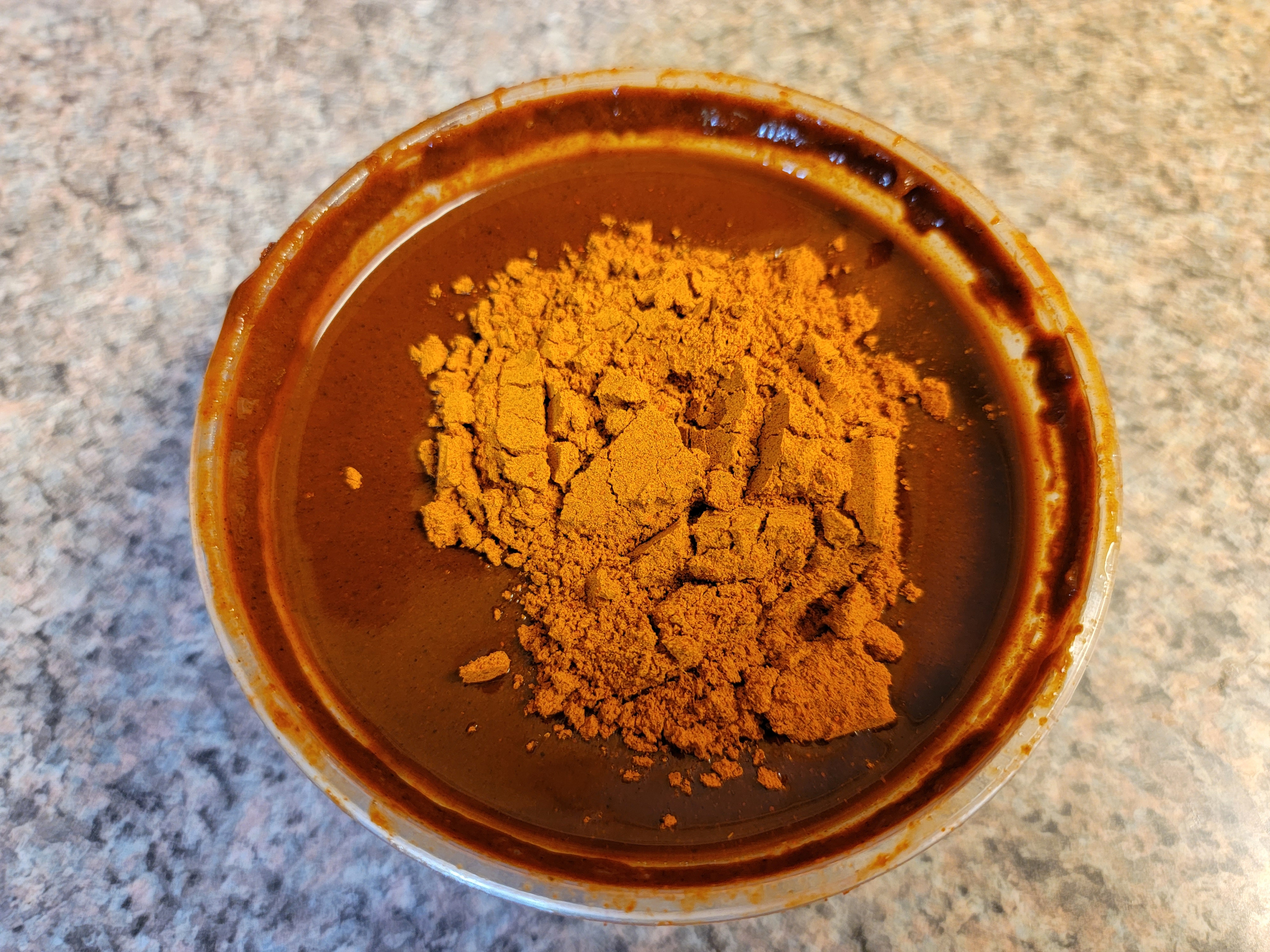
Awaze is a spicy Ethiopian paste or sauce that’s too good to pass up. It combines the heat of berbere spice mix with other flavors.
These other ingredients can include garlic, ginger, and a base liquid. The liquid often water, oil, or the Ethiopian honey wine described above, called tej.
The preparation of Awaze can vary depending on personal taste or specific recipes. But the core ingredient is always berbere, the essential Ethiopian spice blend.
Ambasha
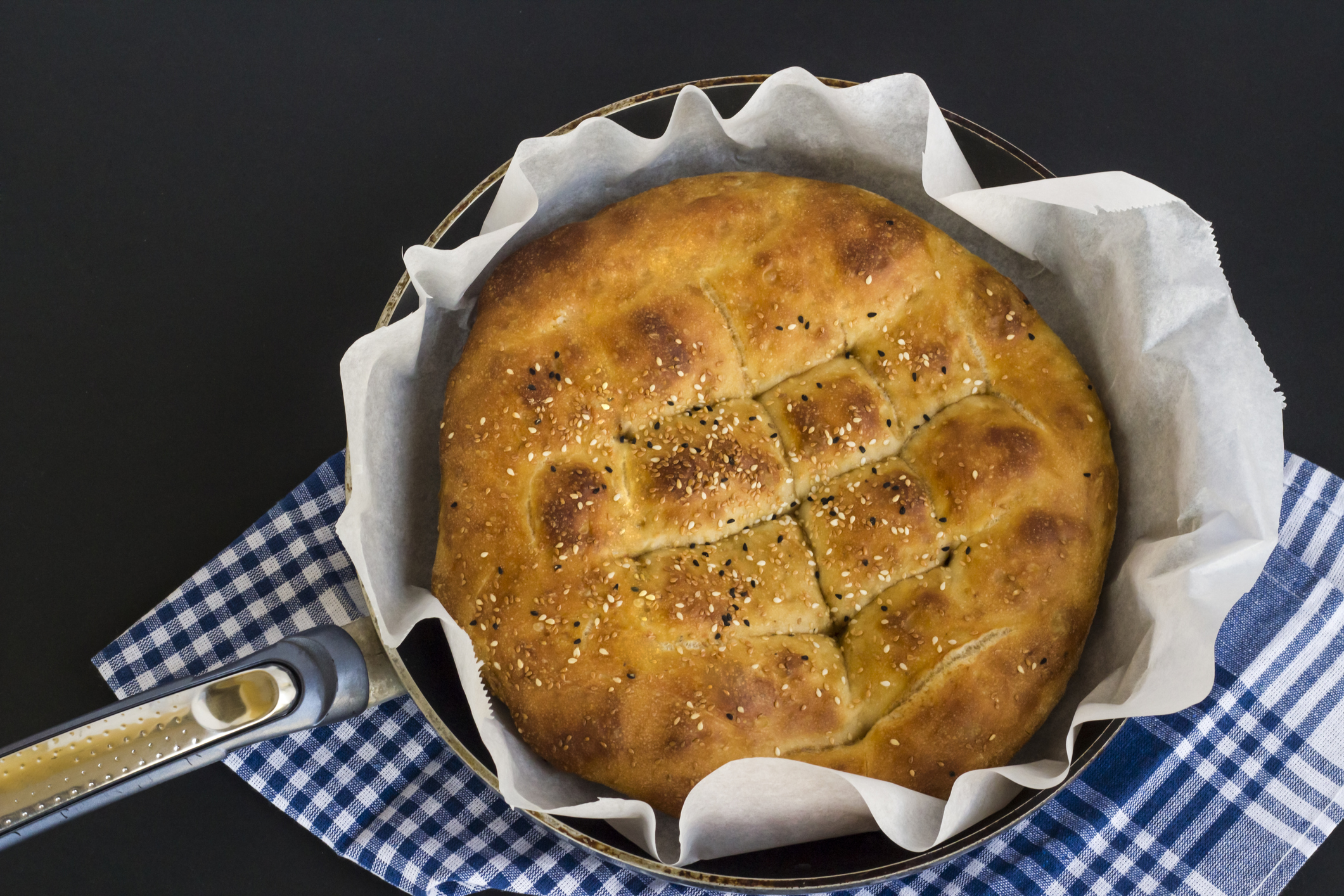
Injera isn’t your only bread option in Ethiopia. There’s also Ambasha, which is a traditional part of the country’s rich culinary culture and history.
Ambasha is more akin to a leavened bread, rather than flatbread. It’s made with wheat flour, and often characterized by its dense and chewy texture.
Ambasha also often features intricate patterns on the top, which are pressed into its surface before baking. It’s both beautiful and mouthwateringly delicious.
Enkulal Tibs
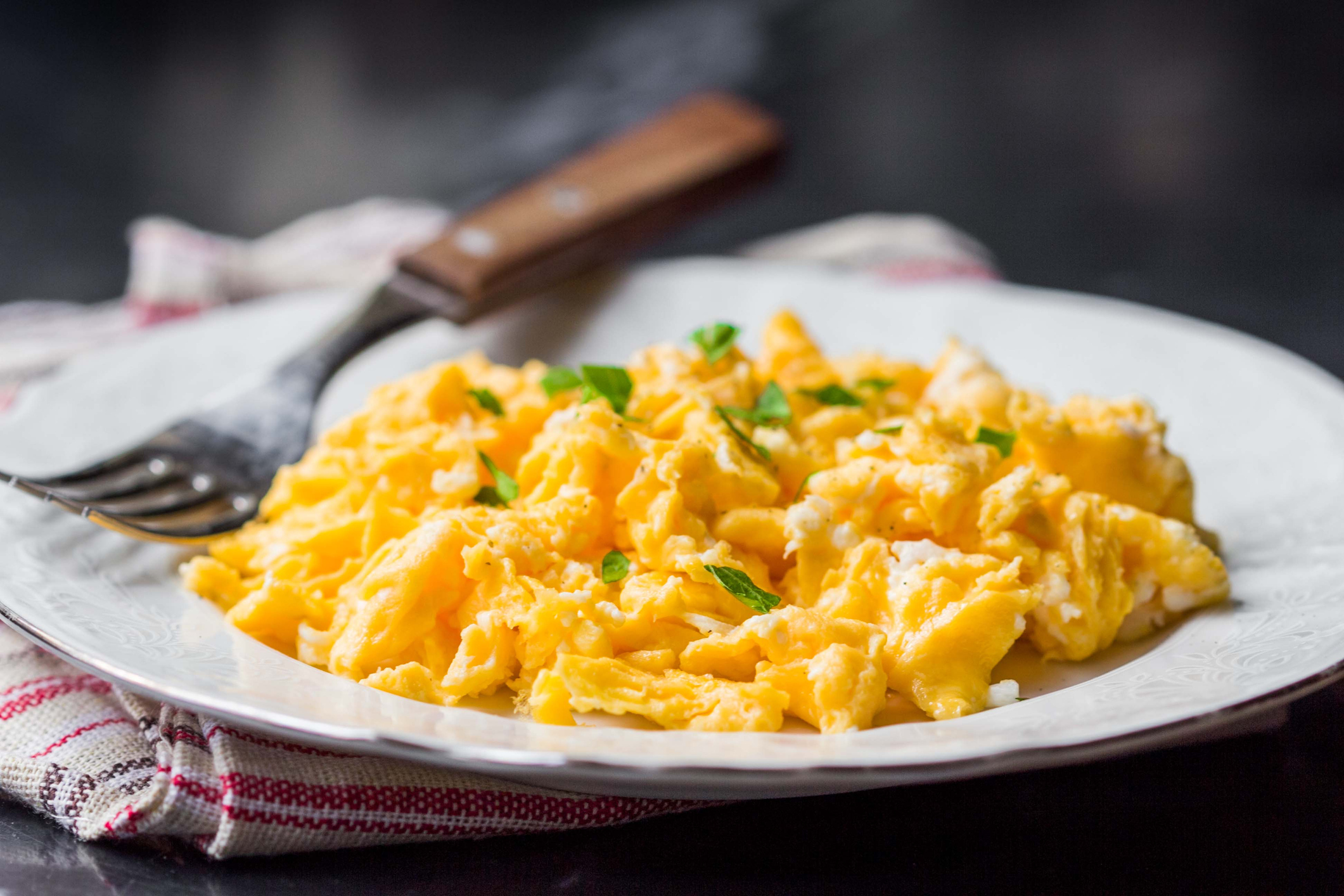
Tire of the same-old-same-old scrambled eggs? Take your eggs to Ethiopia by replicating this traditional dish at home. After all, “Enkulal” is the Amharic word for eggs.
As described above, “Tibs” is a method of cooking that typically involves sautéing or grilling. Thus, Enkulal Tibs can be described as sautéed eggs.
They’re often cooked with onions, tomatoes, and green chili peppers, and seasoned with spices like turmeric, salt, and sometimes a bit of berbere for a little heat.
Atkilt Wot

Atkilt Wot (or Atkilt Wat) is a comforting, flavorful Ethiopian vegetarian stew made from cabbage, carrots, and potatoes. It’s cooked slowly with a blend of aromatic spices.
This dish exemplifies the rich tradition of vegetarian cooking in Ethiopian cuisine, often associated with fasting periods when meat is avoided. It’s simple, but deeply satisfying.
Atkilt Wot delivers a depth of flavor that has made it a beloved dish. It’s enjoyed both within Ethiopia and among enthusiasts of Ethiopian food worldwide.
Enset Kocho
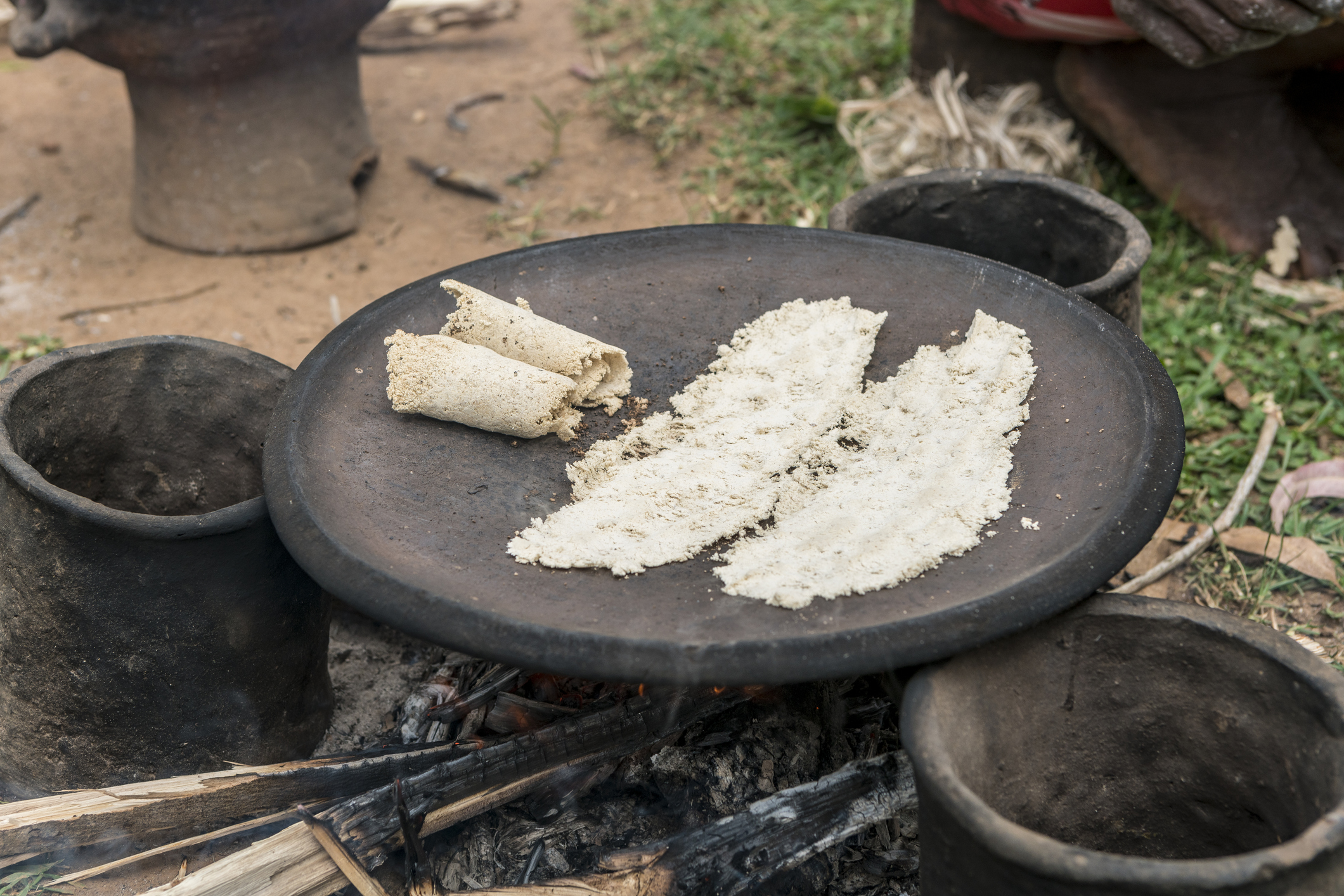
The Enset plant is sometimes known as “false banana” because the raw plant closely resembles the delicious yellow fruit. It’s a starchy veggie in disguise.
The process of making Kocho involves harvesting the Enset plant and scraping out the inner pulp of the stem and leaf sheaths.
Then, the pulp is fermented in a pit in the ground for several weeks or even months. This dough-like substance, Kocko, is then baked into flatbread.
Ayib
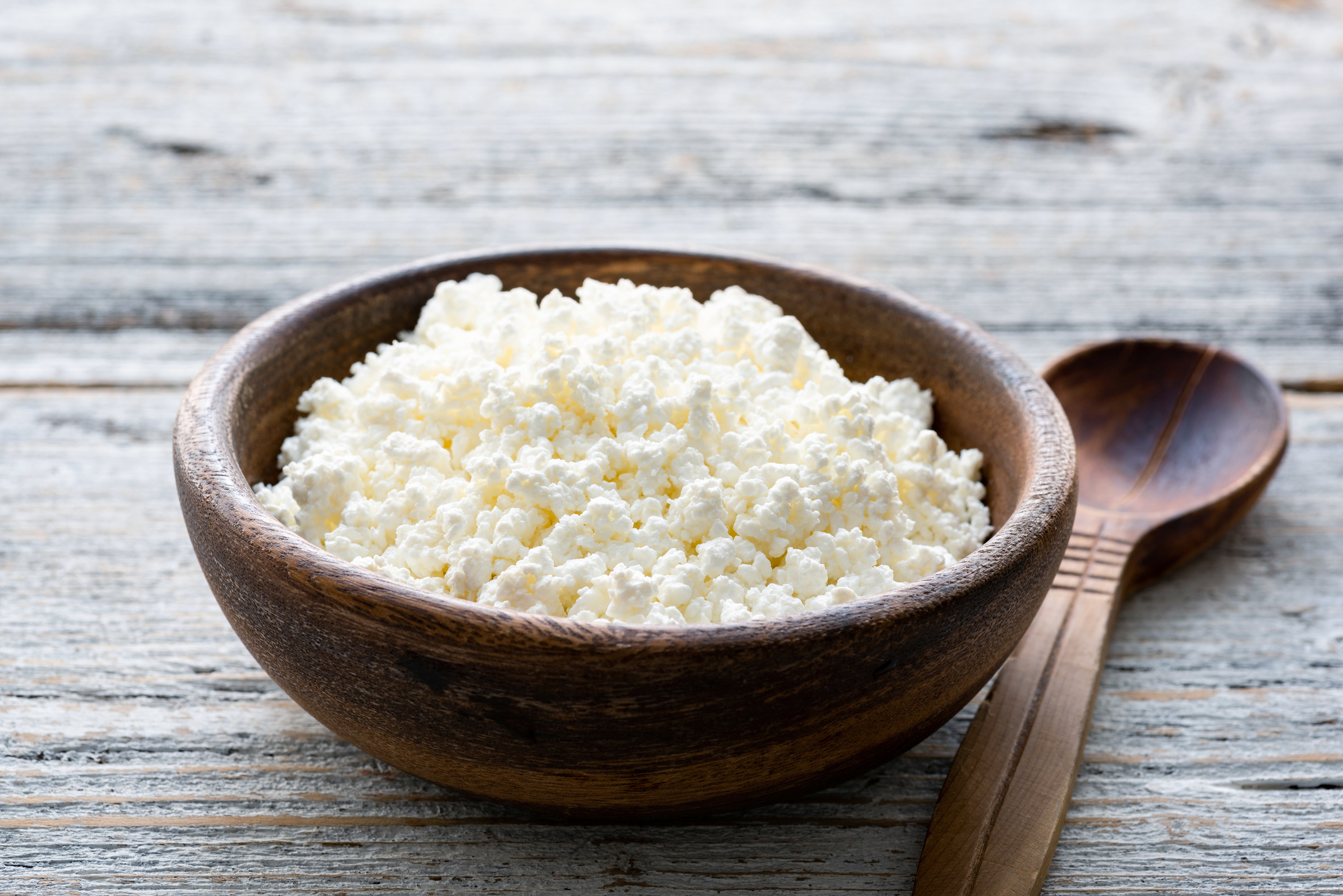
Ayib, sometimes spelled as Ayib or Aib, is a traditional Ethiopian cottage cheese. It’s a common component of many Ethiopian meals or sometimes just a snack.
Ayib is a fresh, mild cheese with a crumbly texture. It’s similar in concept to Western cottage cheese, but it’s usually drier and less salty.
This cheese is made by curdling milk (cow, goat, or sheep milk) with traditional methods. Then, the whey is drained off, and it’s sometimes aged.
Gored Gored
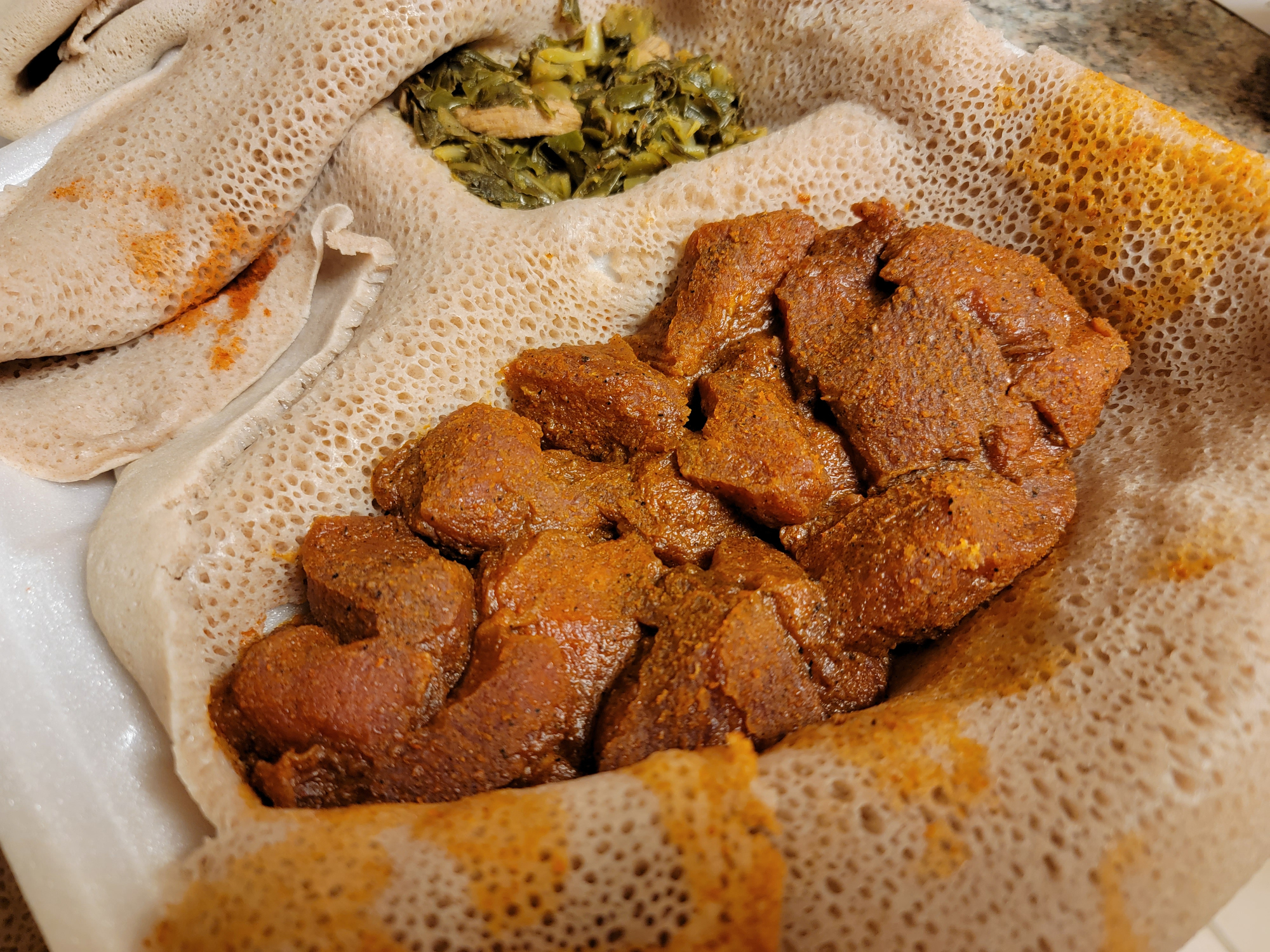
This Ethiopian dish is similar to Kitfo but with notable differences in preparation and presentation. Gored Gored is made from cubes of raw beef.
The cubes are slightly larger than the minced meat pieces used in Kitfo. The beef is typically very lean and seasoned with mitmita, a spicy chili powder blend.
Gored Gored can be considered Ethiopia’s version of steak tartare. It’s celebrated for its pure simplicity and the quality of the meat being used.
Areke

What is Ethiopia’s equivalent to sake or vodka? This clear alcohol is called Areke, or Araki. It’s a distilled spirit with a big role in Ethiopian culture.
Producing Areke involves fermenting a base of barley, maize, or millet to create a mash. The mash is then distilled, often in a homemade traditional still.
The process creates a spirit with a high alcohol content and a sharp, potent flavor. It’s typically consumed neat, without any mixers, often at weddings and other celebrations.
Coffee
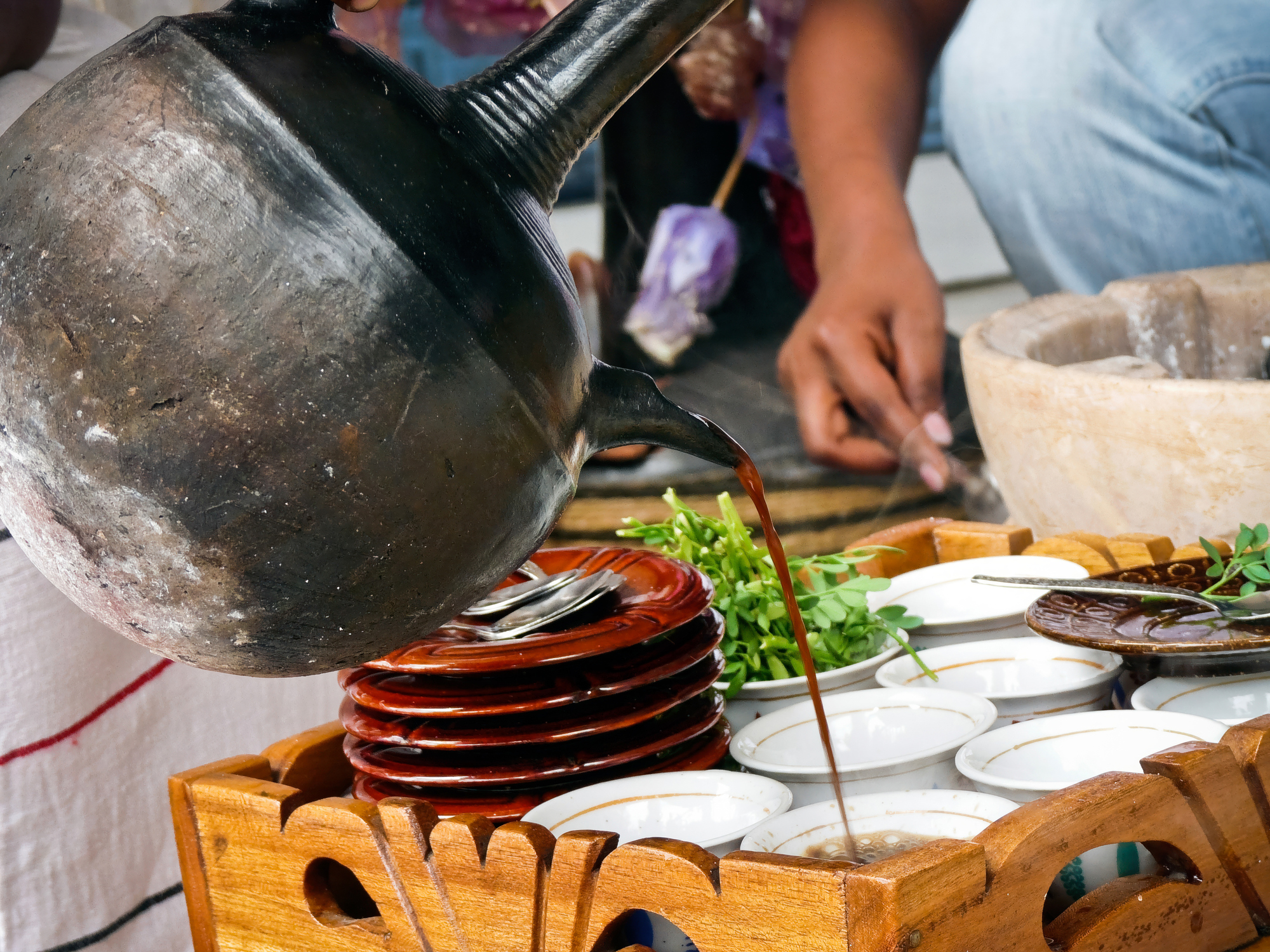
Here’s an Ethiopian staple that you probably enjoy every day: coffee. Coffee holds a special place in Ethiopian culture and history, with Ethiopia recognized as coffee’s birthplace.
The story goes that coffee was discovered by a goat herder. He noticed his goats were full of energy after eating the berries from a particular bush.
Today, coffee holds an important place in Ethiopian culture. Ethiopian coffee is also considered some of the best in the world, and the most versatile in flavor.
Questions & Answers:
Question: What is Doro Wat?
Answer: Doro Wat is a spicy chicken stew from Ethiopia, richly seasoned with berbere spice and often served with injera, a spongy sourdough flatbread.
Question: What makes injera unique?
Answer: Injera is unique due to its spongy texture and sour flavor, which come from the fermentation of teff flour, a grain native to Ethiopia.
Question: What is berbere spice?
Answer: Berbere is a spice blend central to Ethiopian cuisine, featuring ingredients like chili peppers, garlic, ginger, and various warming spices that contribute to its rich, complex flavors.
Question: Can you describe Kitfo?
Answer: Kitfo is Ethiopia’s version of steak tartare, made from raw minced beef mixed with spices and butter, often served with injera.
Question: What is Shiro?
Answer: Shiro is a creamy chickpea stew simmered with berbere spice, making it aromatic and inviting. It’s often scooped up with injera for a fulfilling meal.
Question: What are Tibs?
Answer: Tibs are sautéed pieces of meat, traditionally spiced and sometimes served with injera or alongside other dishes, offering a rich and aromatic flavor profile.
Question: How is Gomen prepared?
Answer: Gomen consists of collard greens simmered with onions and spices, serving as a nutritious and flavorful vegetarian option within Ethiopian cuisine.
Question: What is Fir-Fir?
Answer: Fir-Fir is a breakfast dish made from leftover injera soaked in spicy sauce, transforming it into a warming and flavorful start to the day.

